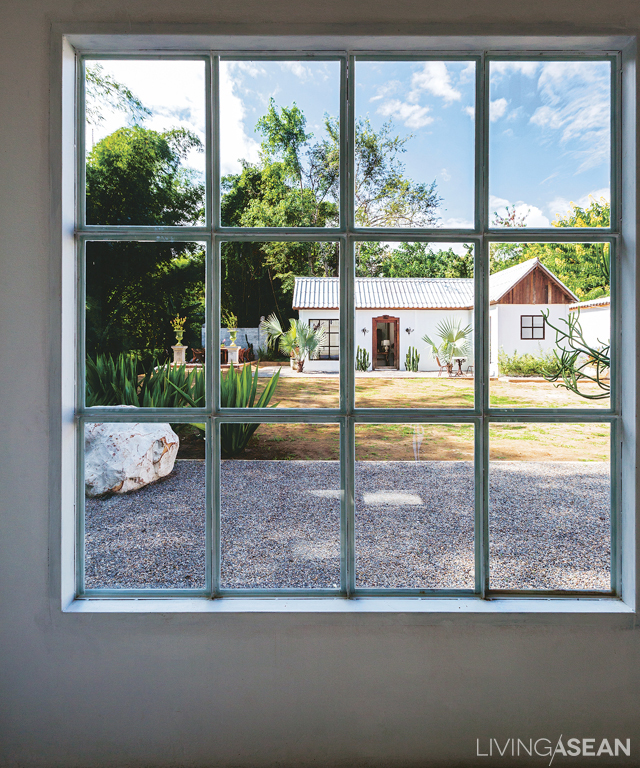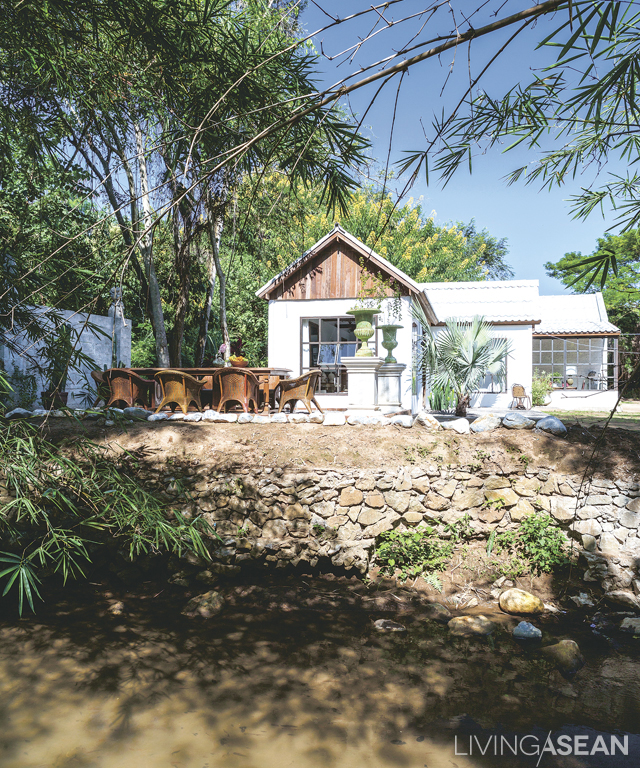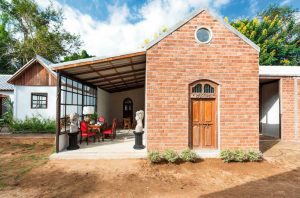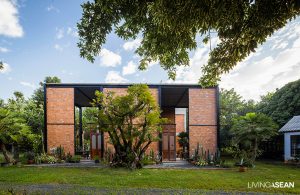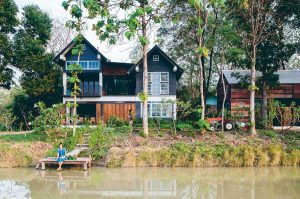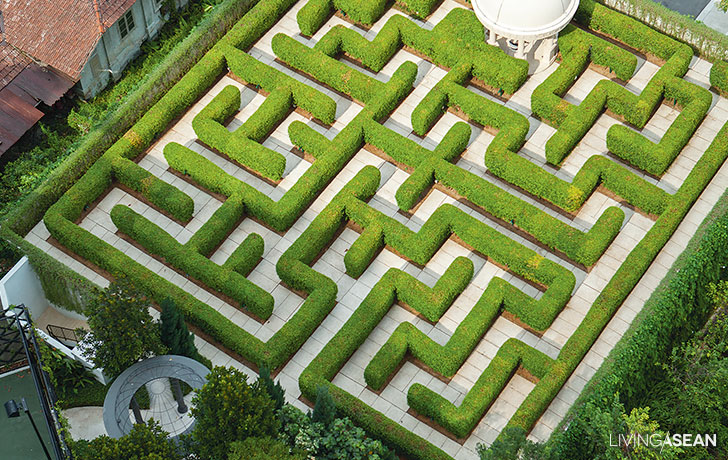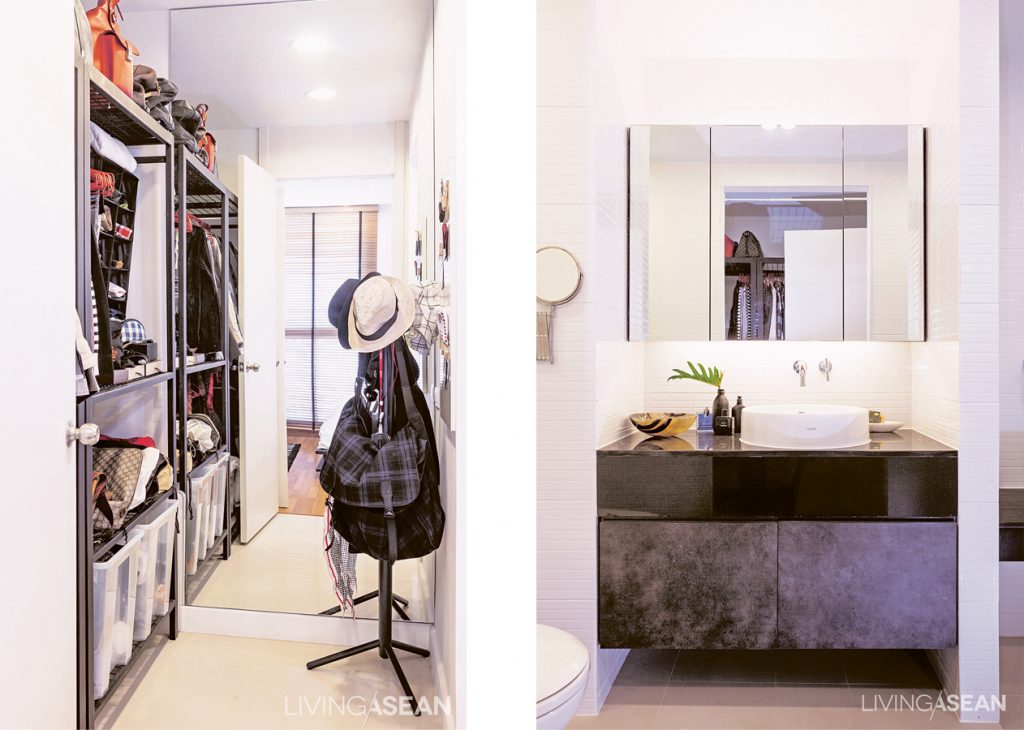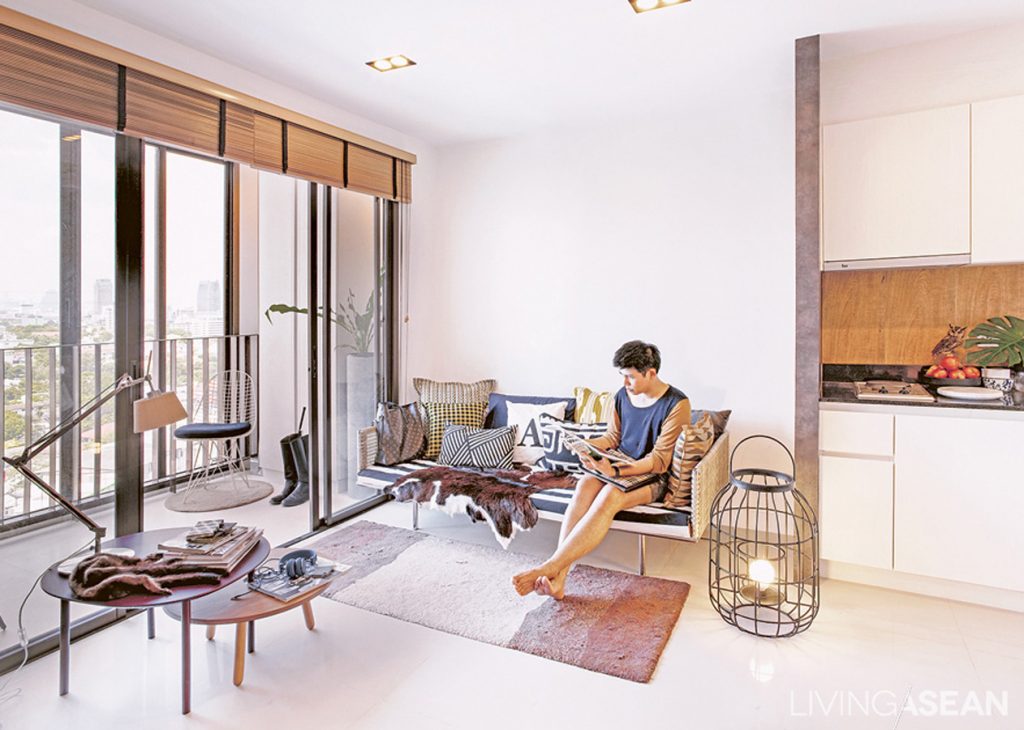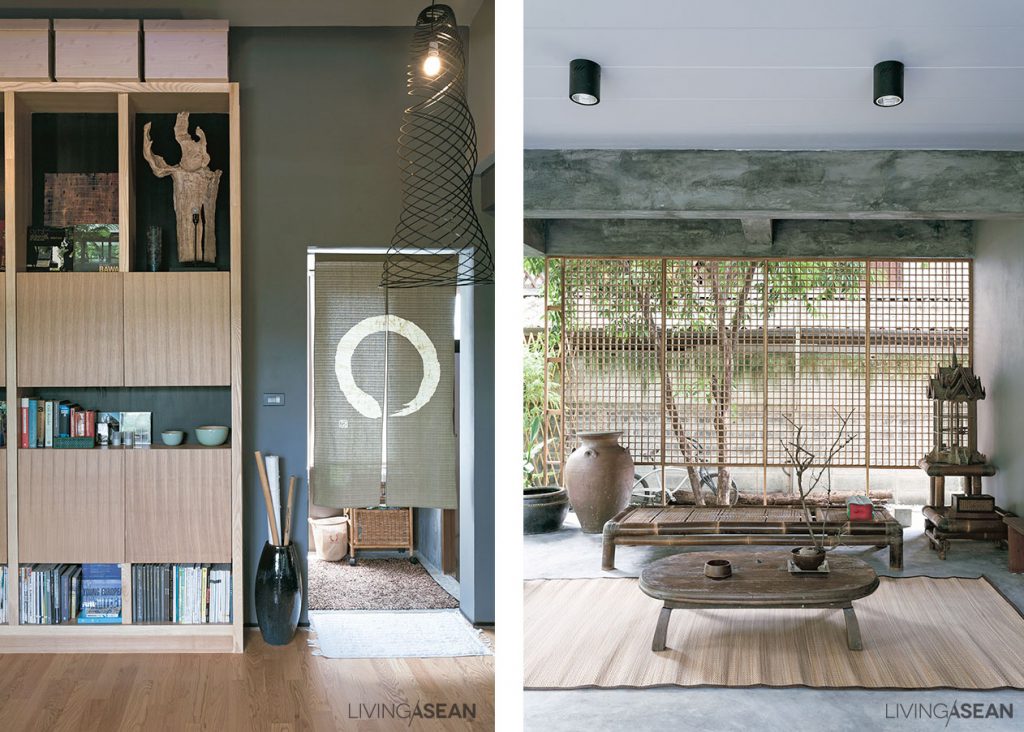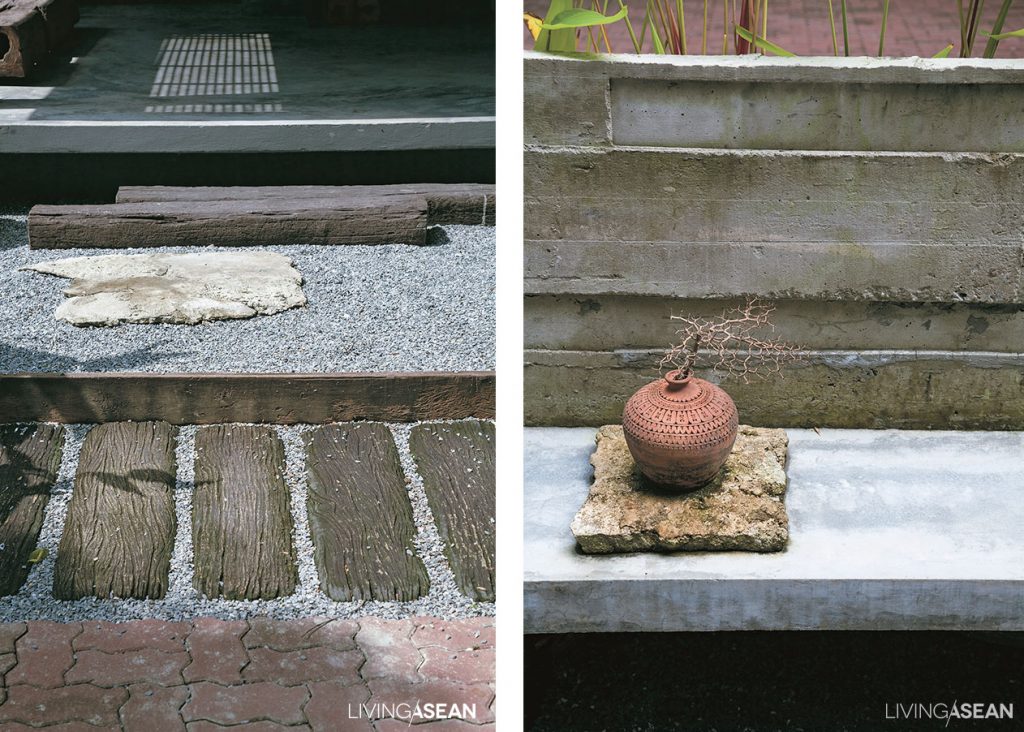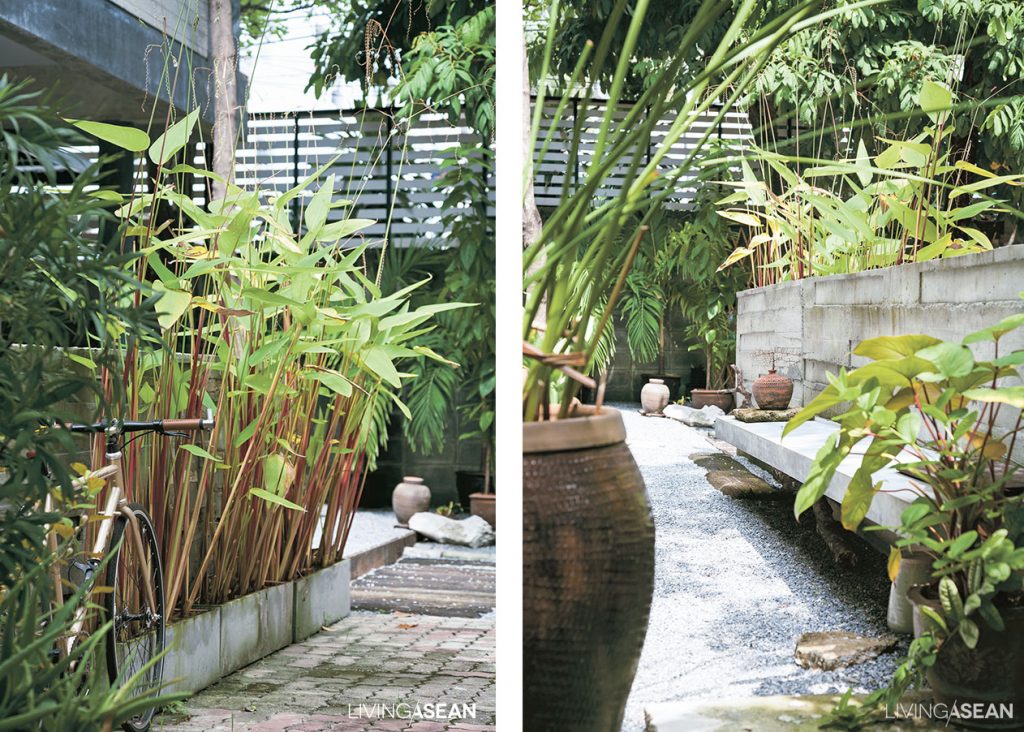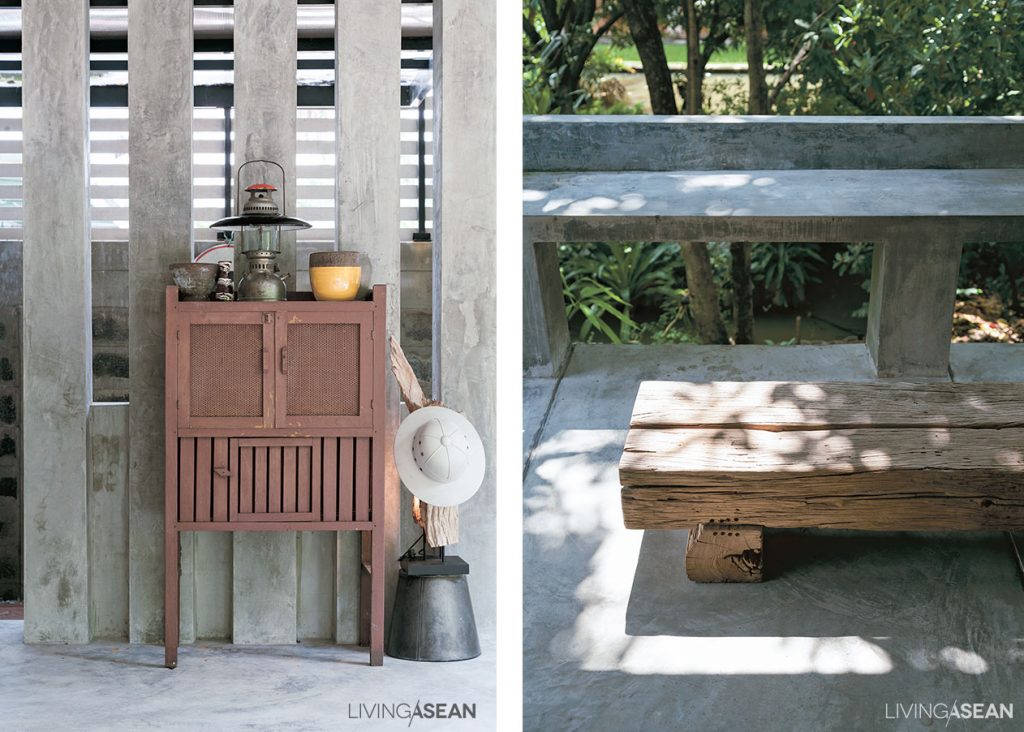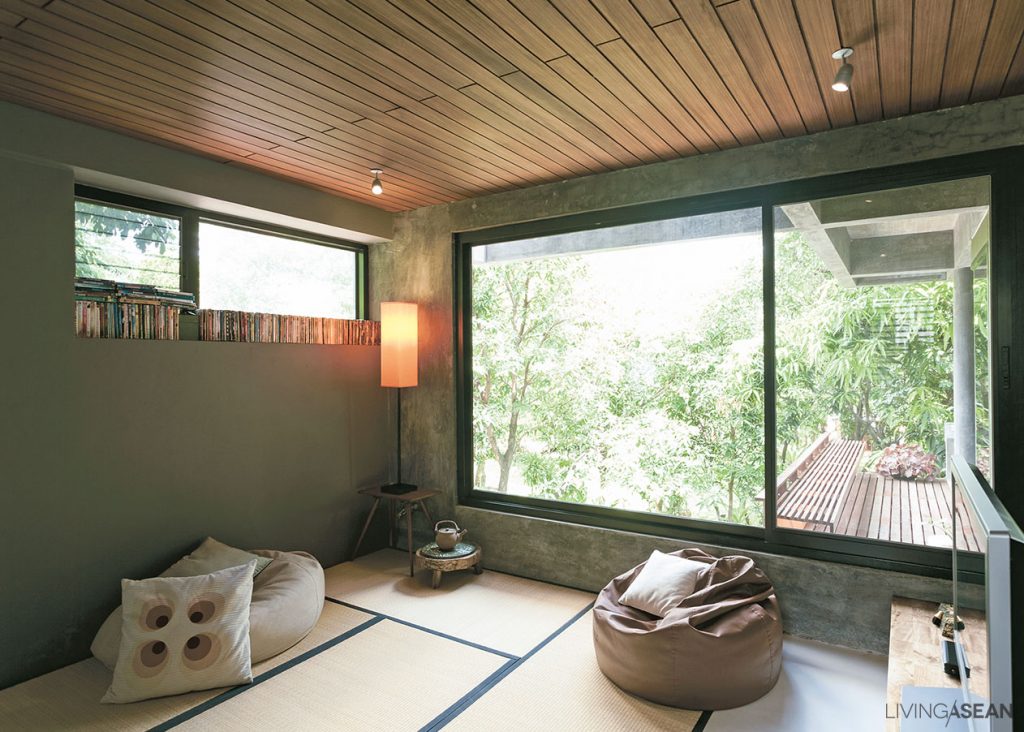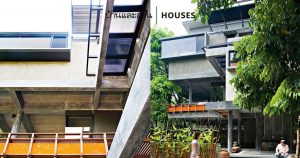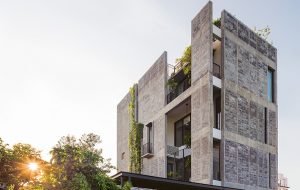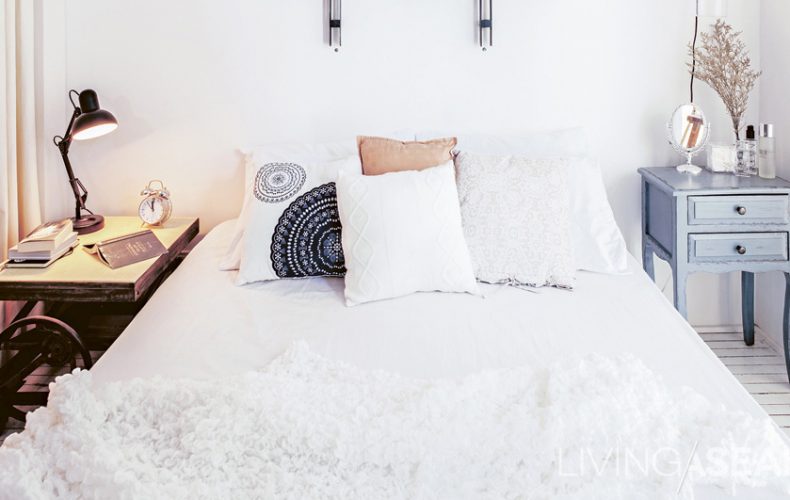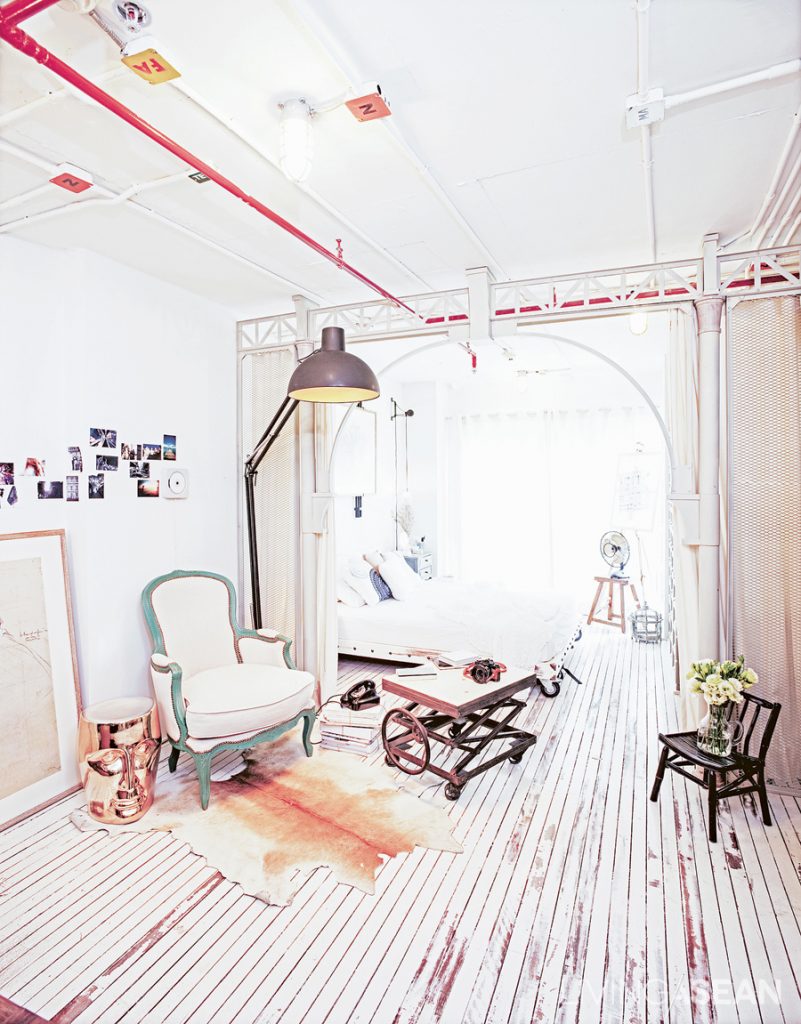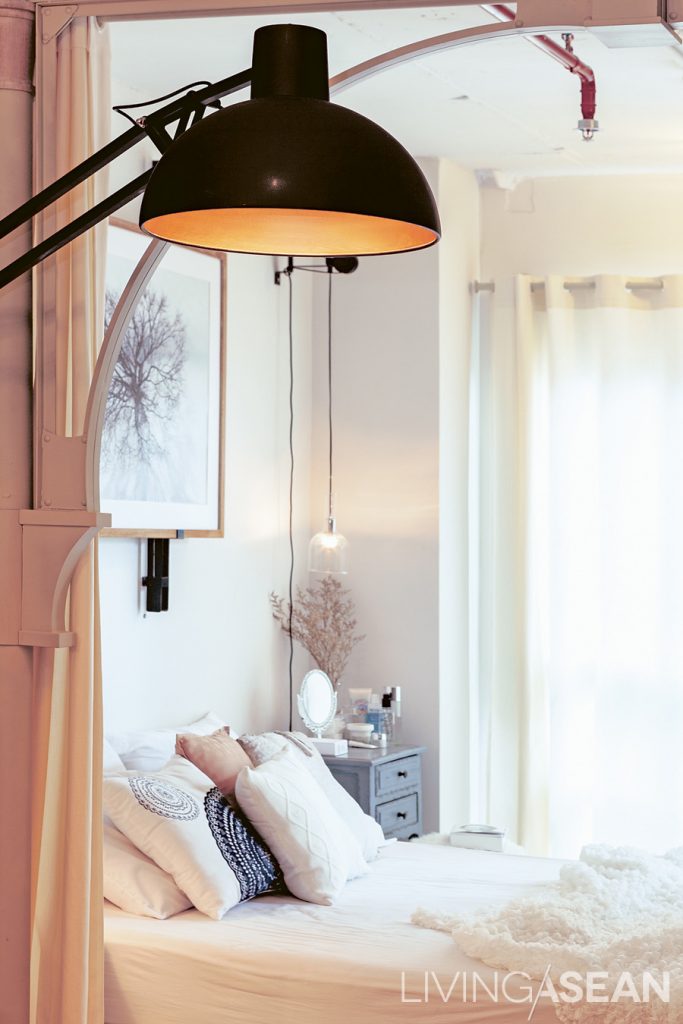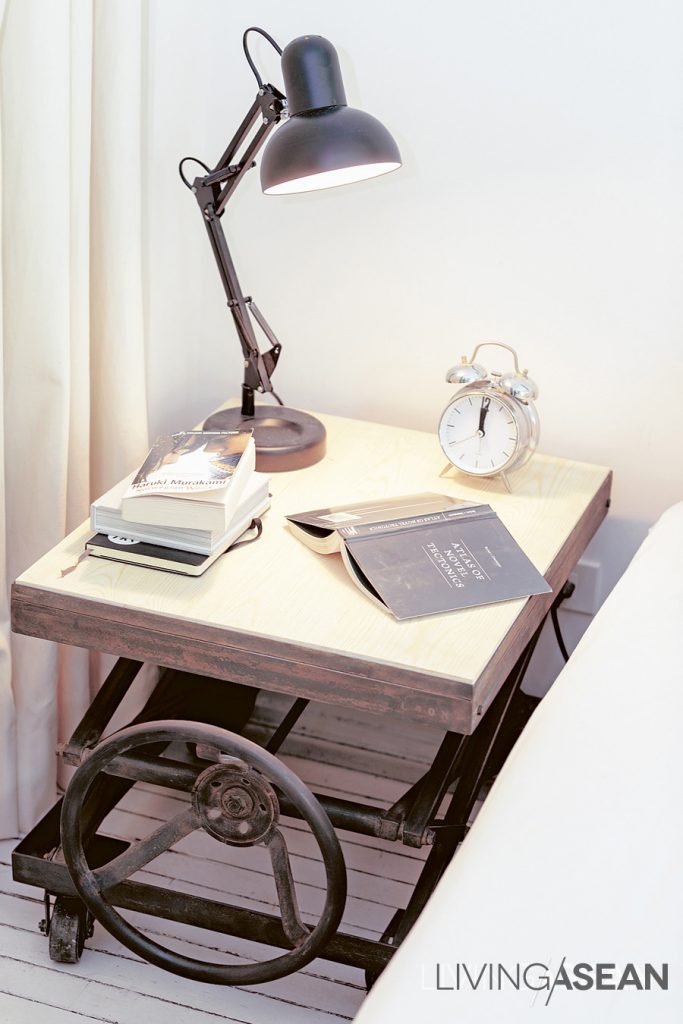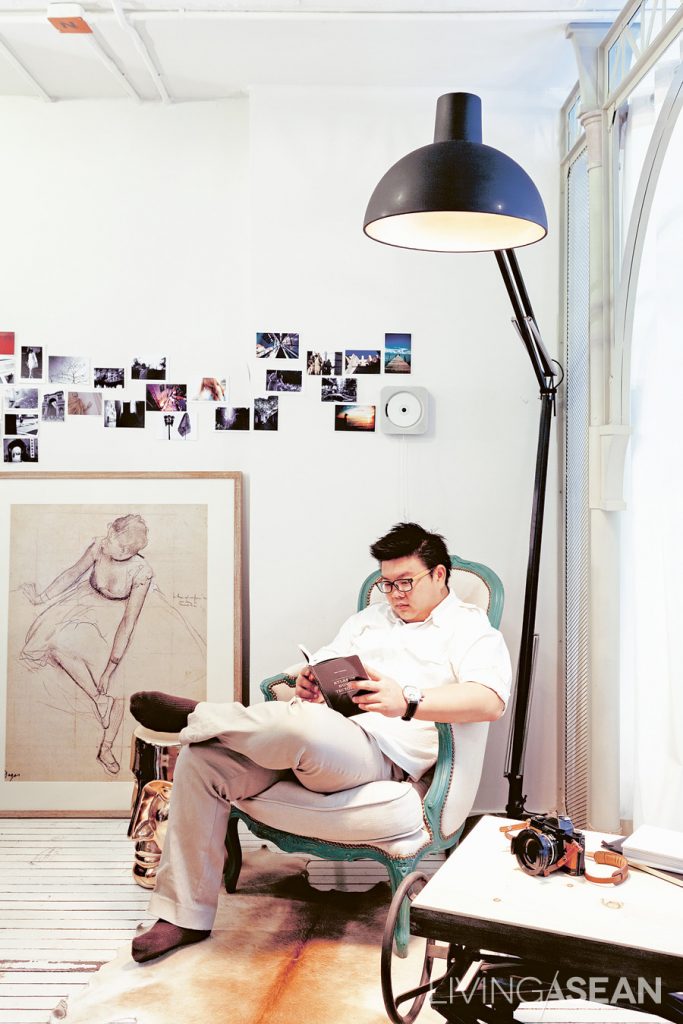/ Ipoh, Malaysia /
/ Story: Samutcha Viraporn / English version: Bob Pitakwong /
/ Photographs: Sitthisak Namkham
Foods, retail shops, and buildings that evoke wistful affection for the past are three things that have drawn us to Ipoh. It’s nice to be back to find those gorgeous old hotels and cafes’ doing very well indeed.
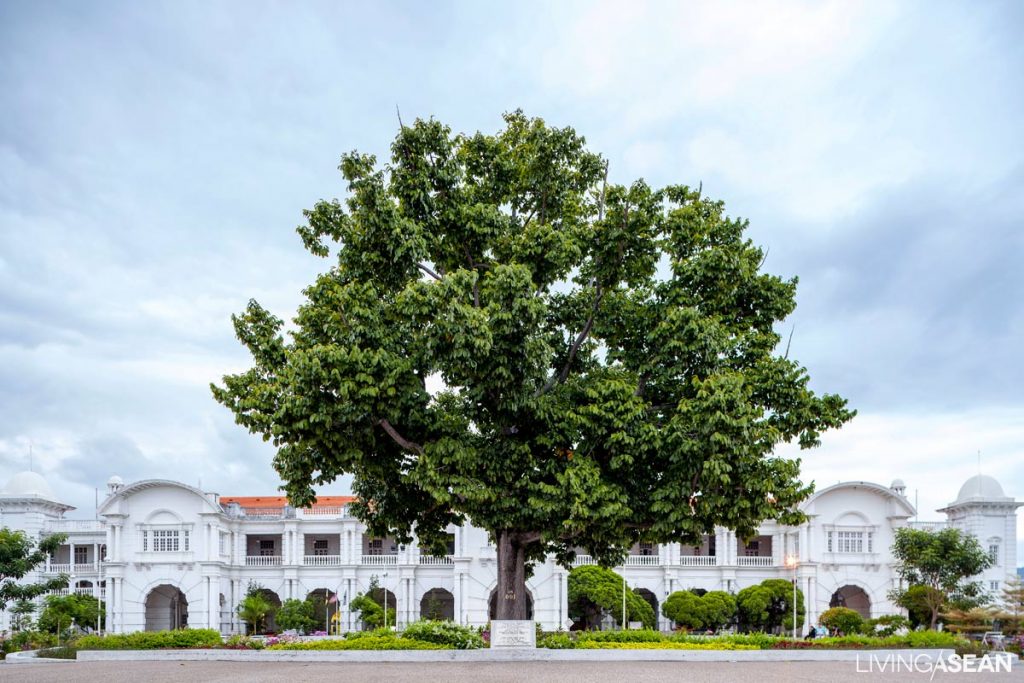
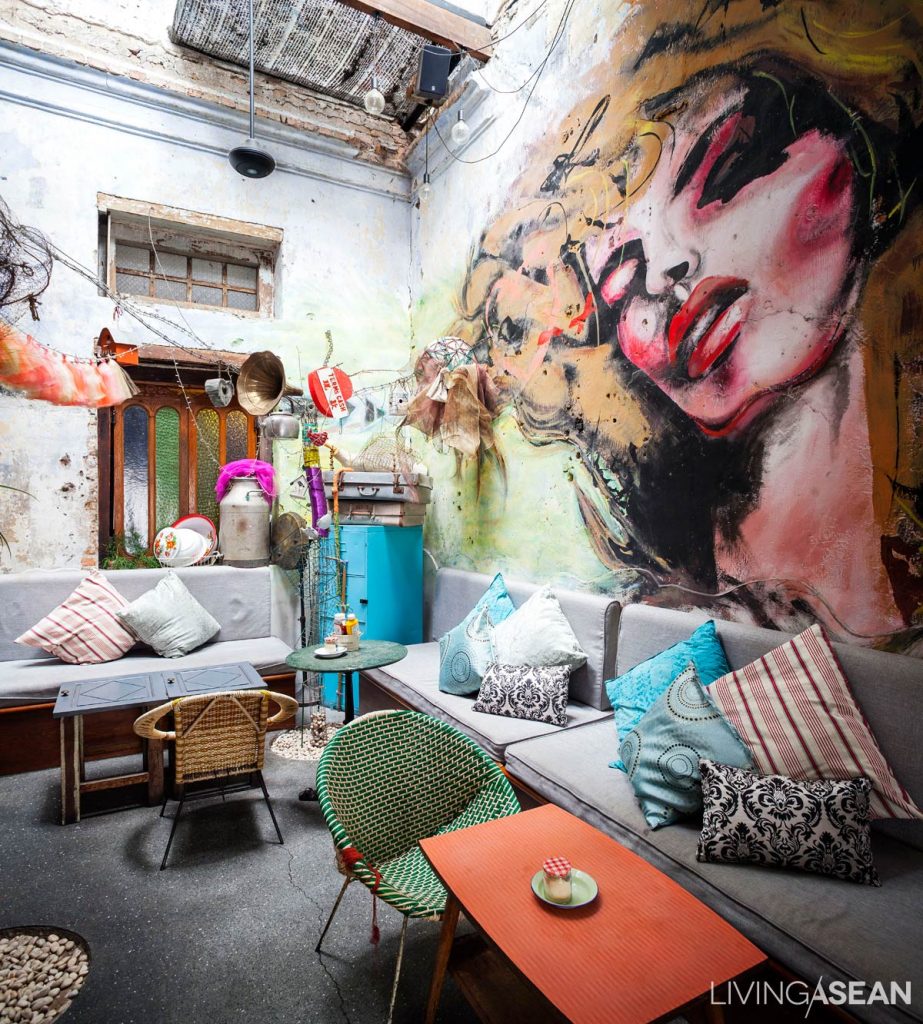
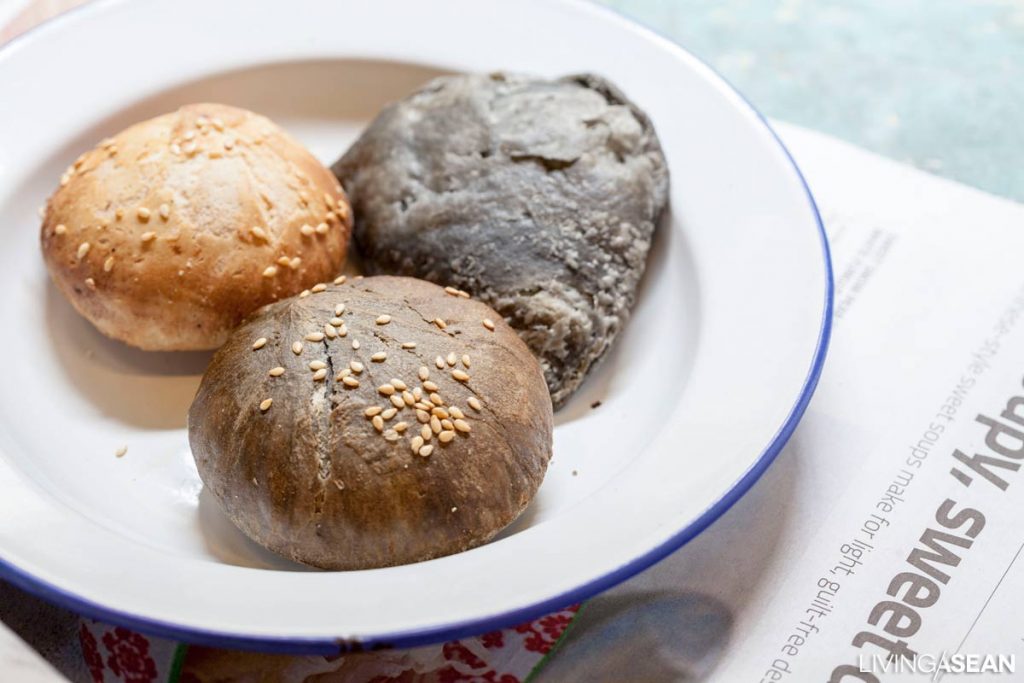
Ipoh is situated just 200 kilometers by car from the capital Kuala Lumpur. And it’s not just those visitors. Malaysians from across the nation are drawn here in droves.
The old town sits on the west bank of the Kinta River. Here colonial architecture abounds, the most important landmark of which is Jalan Panglima Bukit Gantang Wahab.
The white Neo-Classic piece of architecture on Club Road is dubbed Ipoh’s Taj Mahal. In front of it stands a lone Ipoh tree, the town’s namesake.
In times past, sap from the tree was used as the main ingredient in making poison-tipped arrows that kill. Cross the street, and we come before the majestic Town Hall and nearby Postal Service Building. Beautifully kept Neo-Classic details in shades of white indicate they were products of the colonial period.
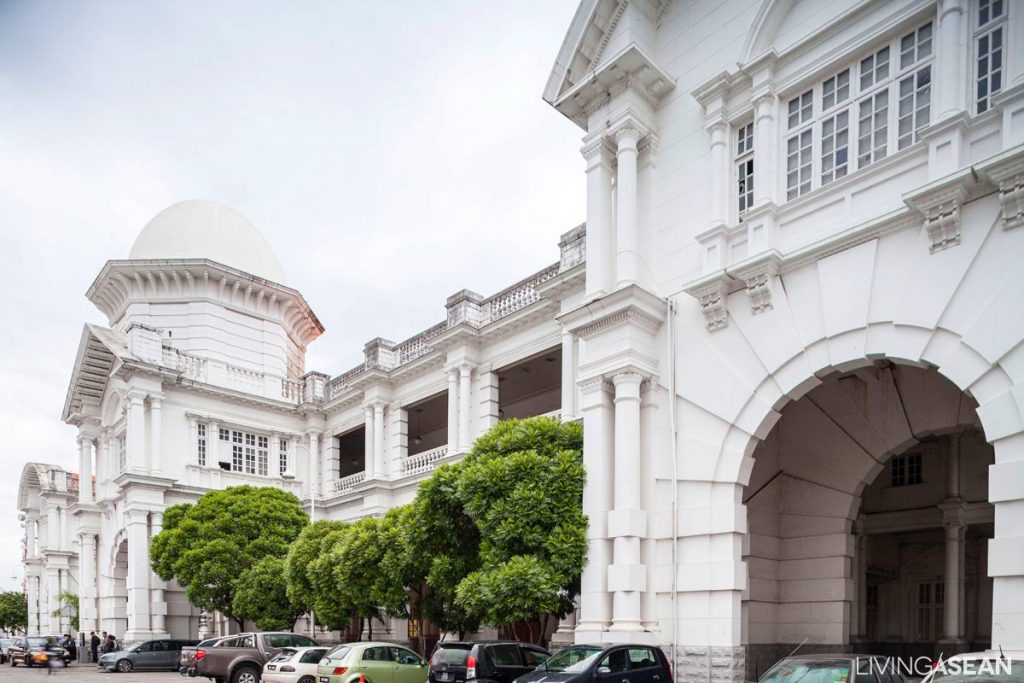
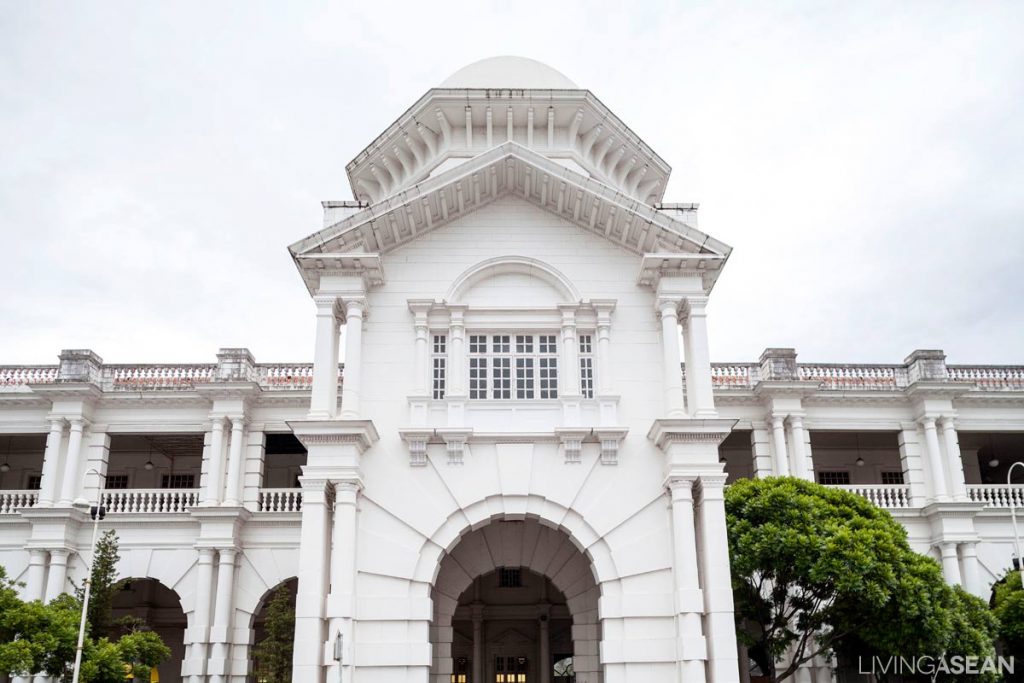
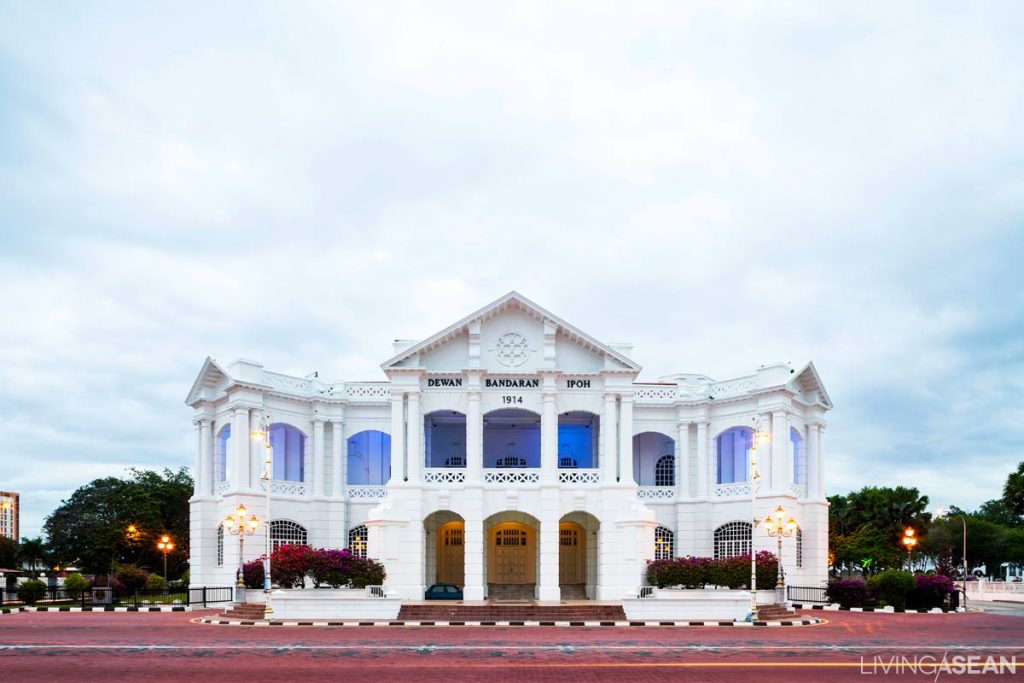
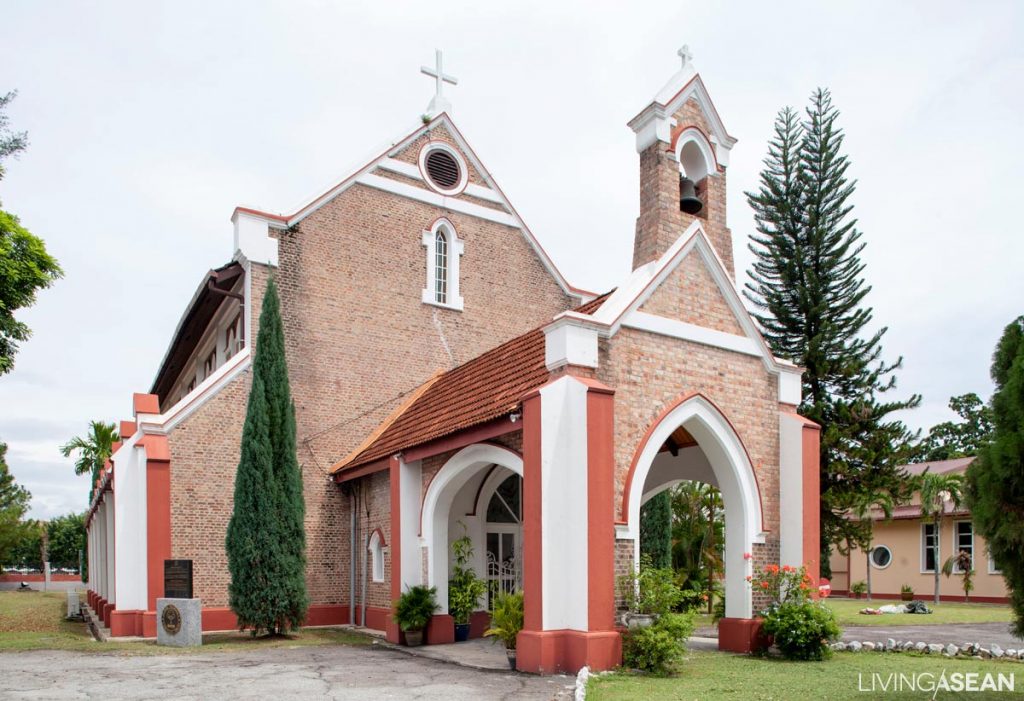
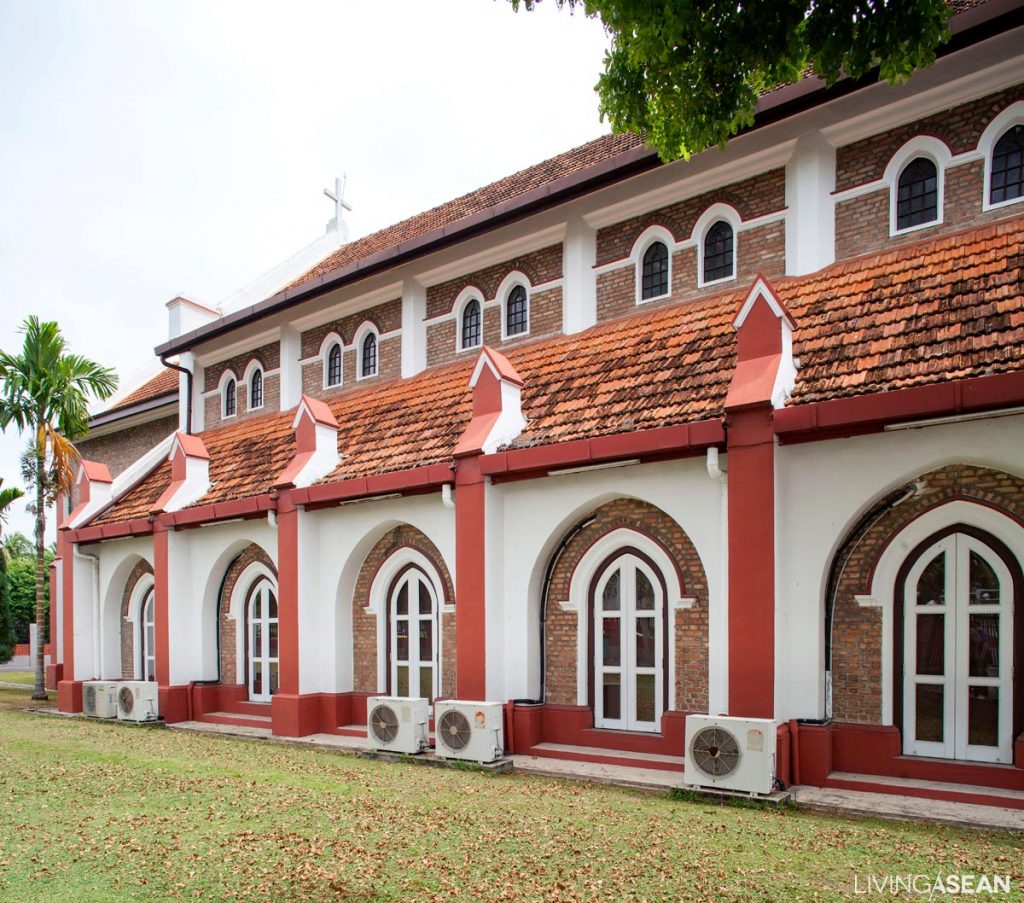
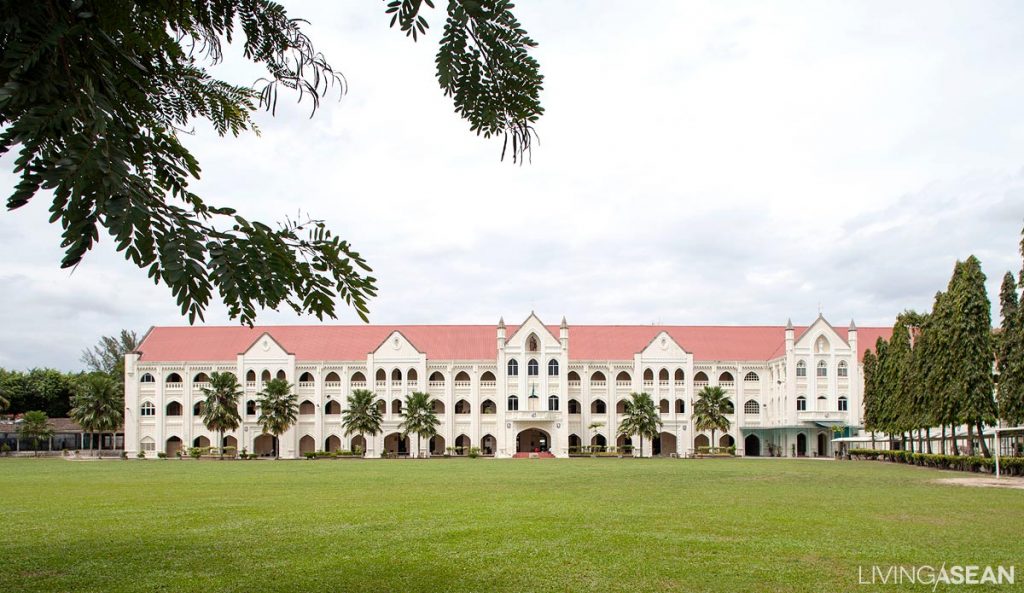
The city’s main drag leads further north to the historic Church of St John The Divine. At one time, it was regarded as the largest house of worship in Malaysia when it was completed in 1912.
The structure was crafted of building materials known for the best qualities in years gone by. The exterior walls showcased bare brickwork made of coconut-shell fibers mixed with sugar and egg white to create strong binding agents.
There is a school, known as the St Michael’s Institution, standing right next to it, as well as a mosque, called Padang.
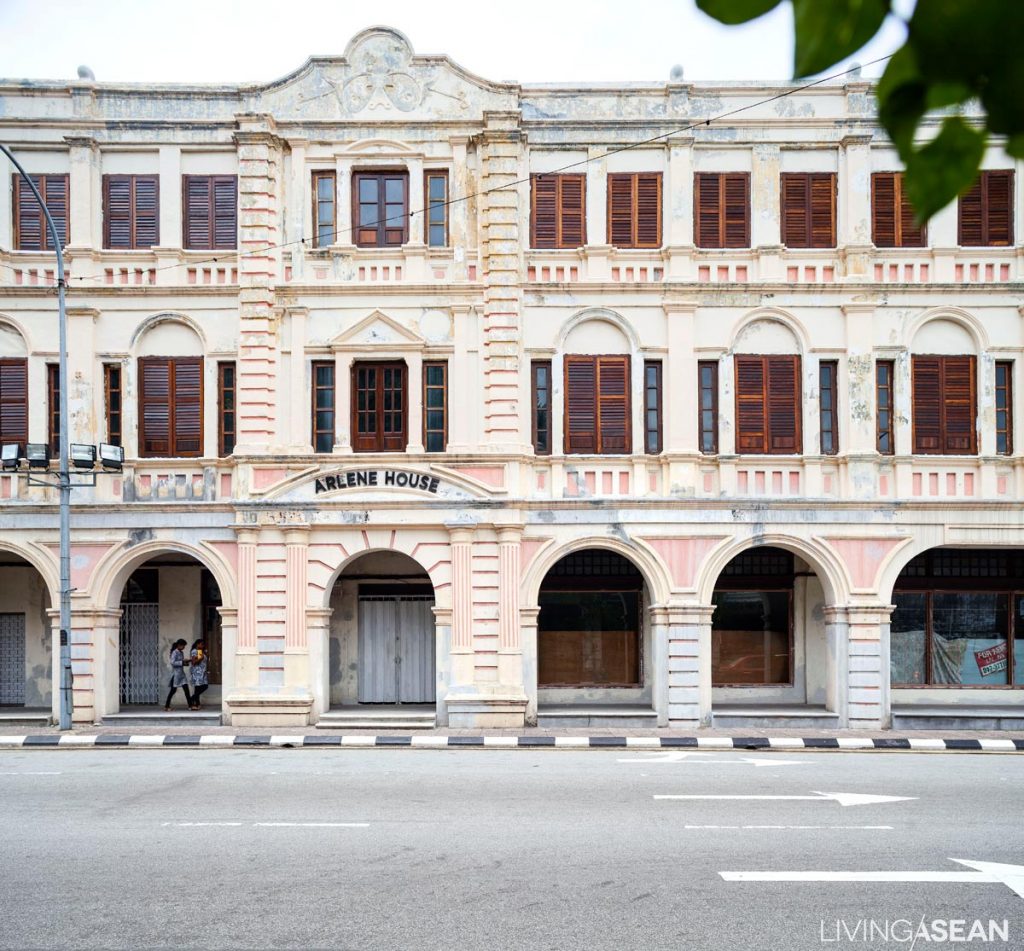
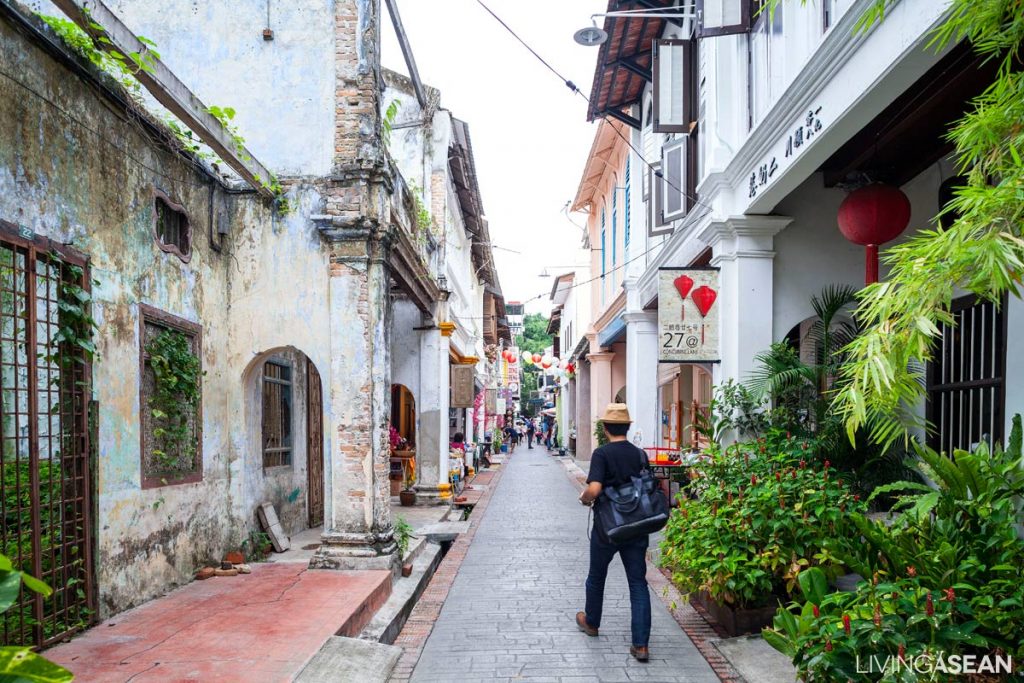
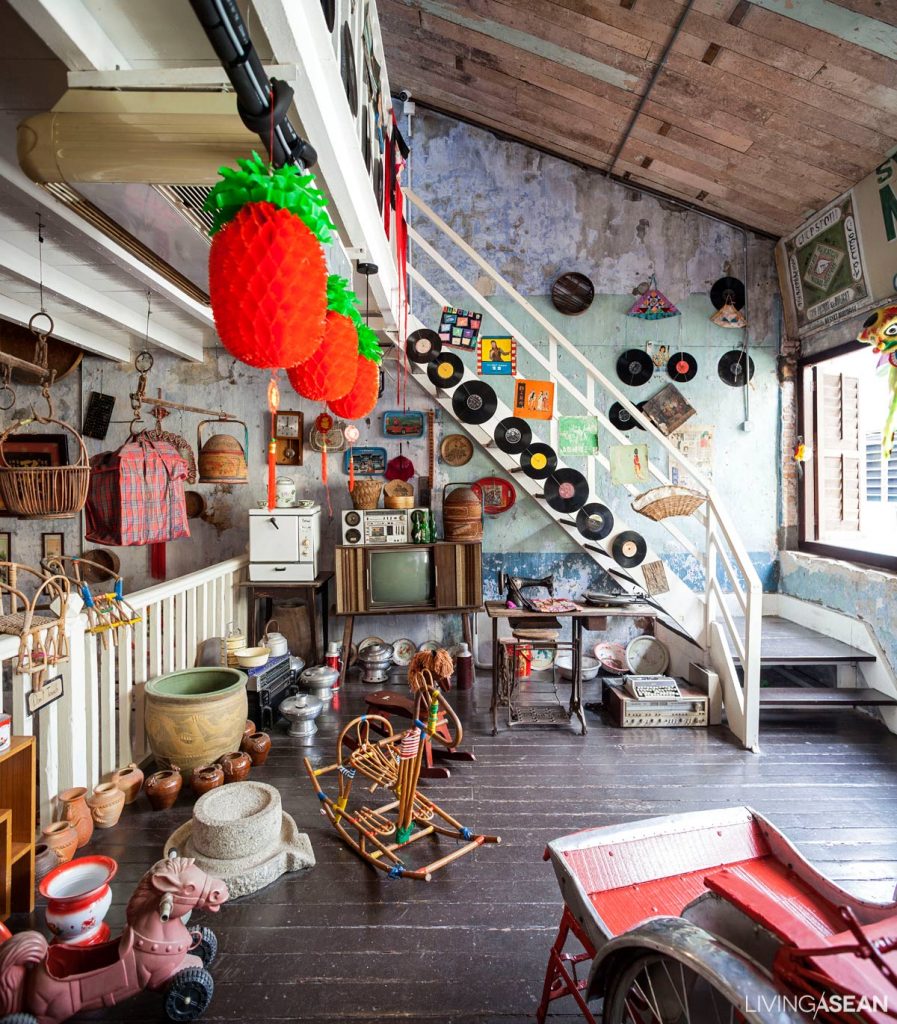
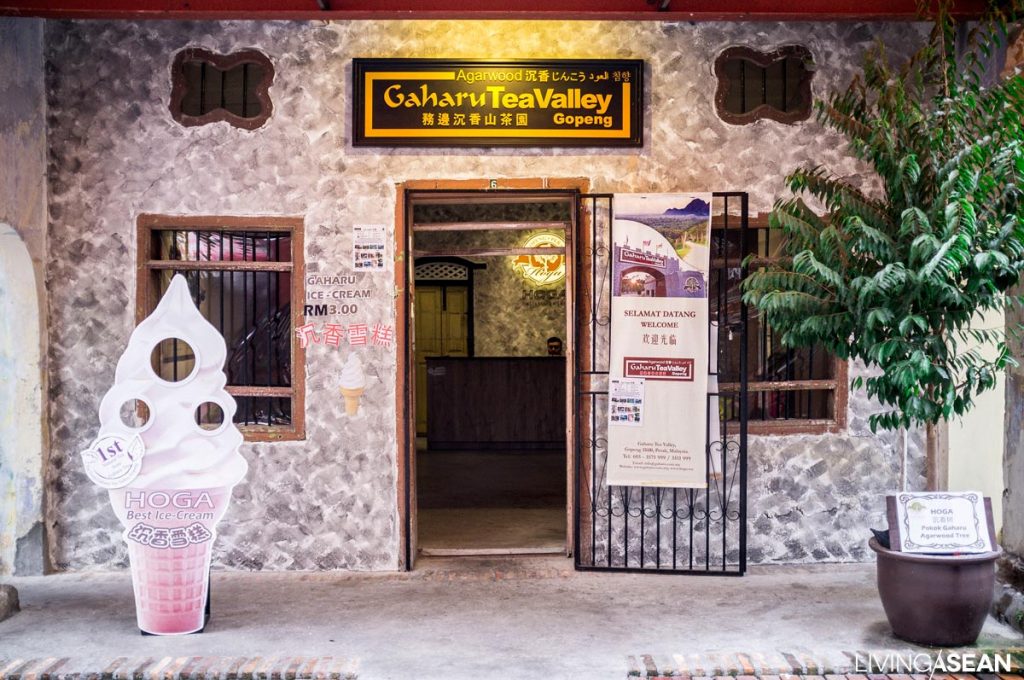
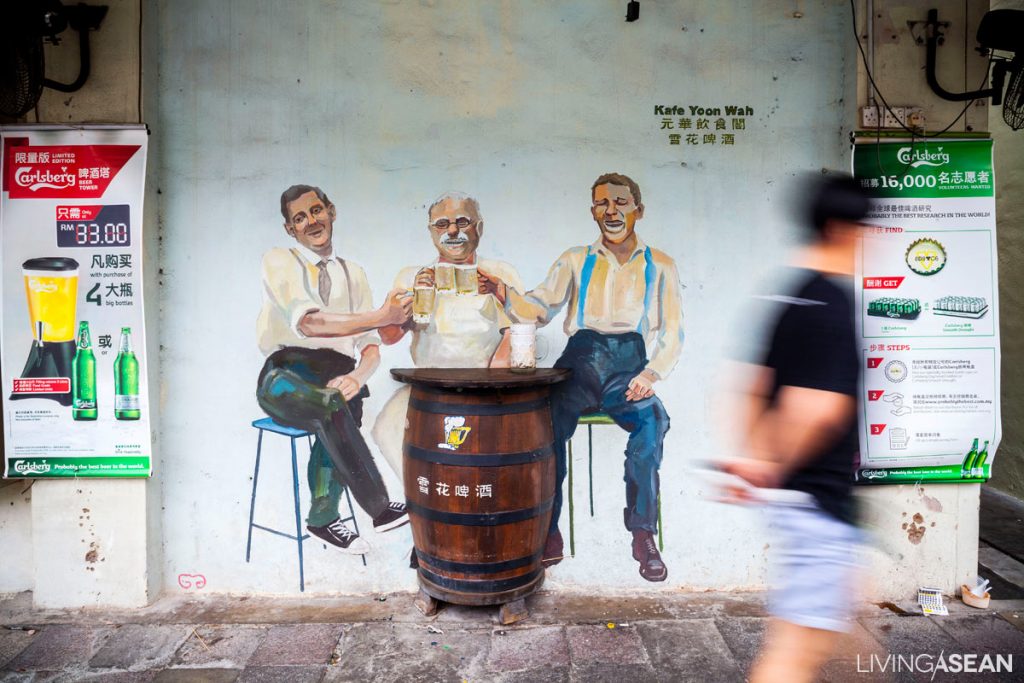
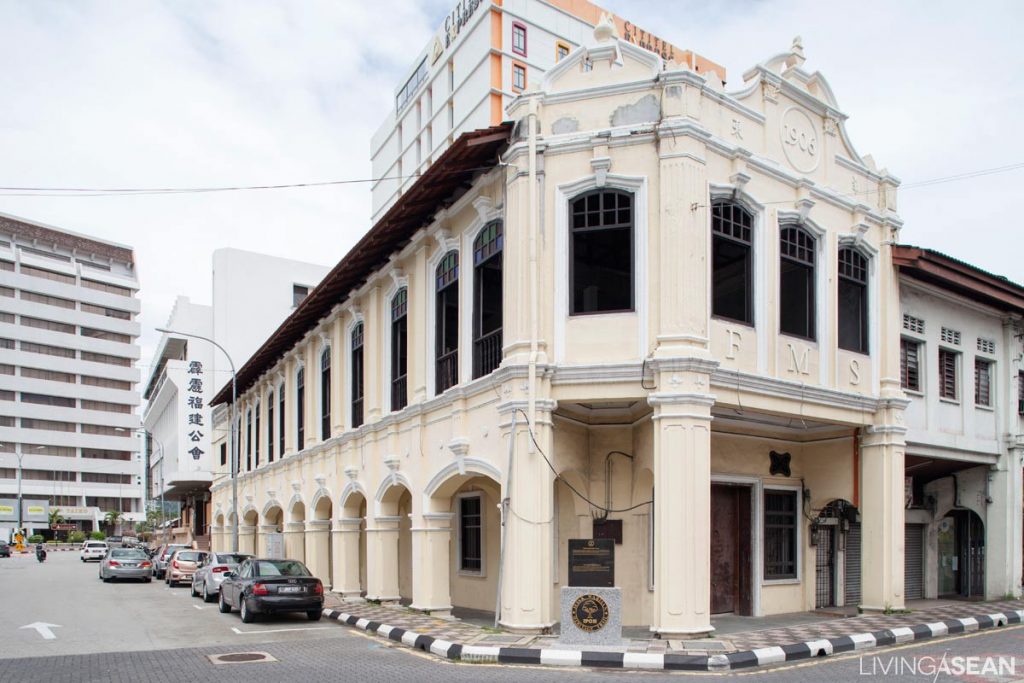

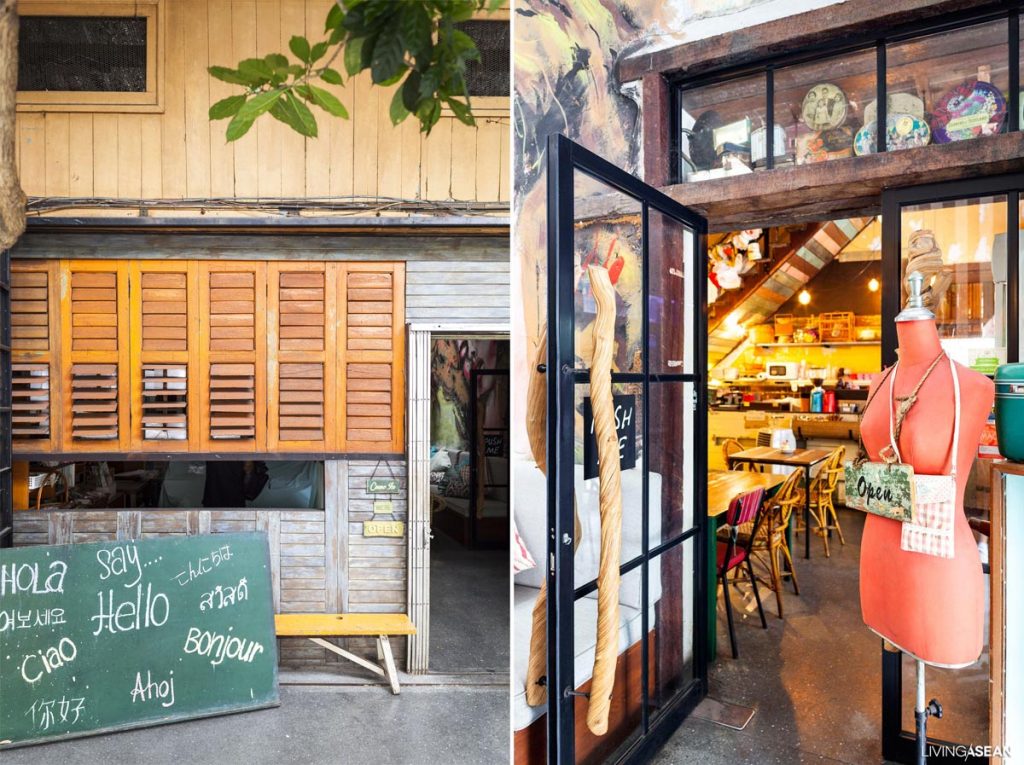
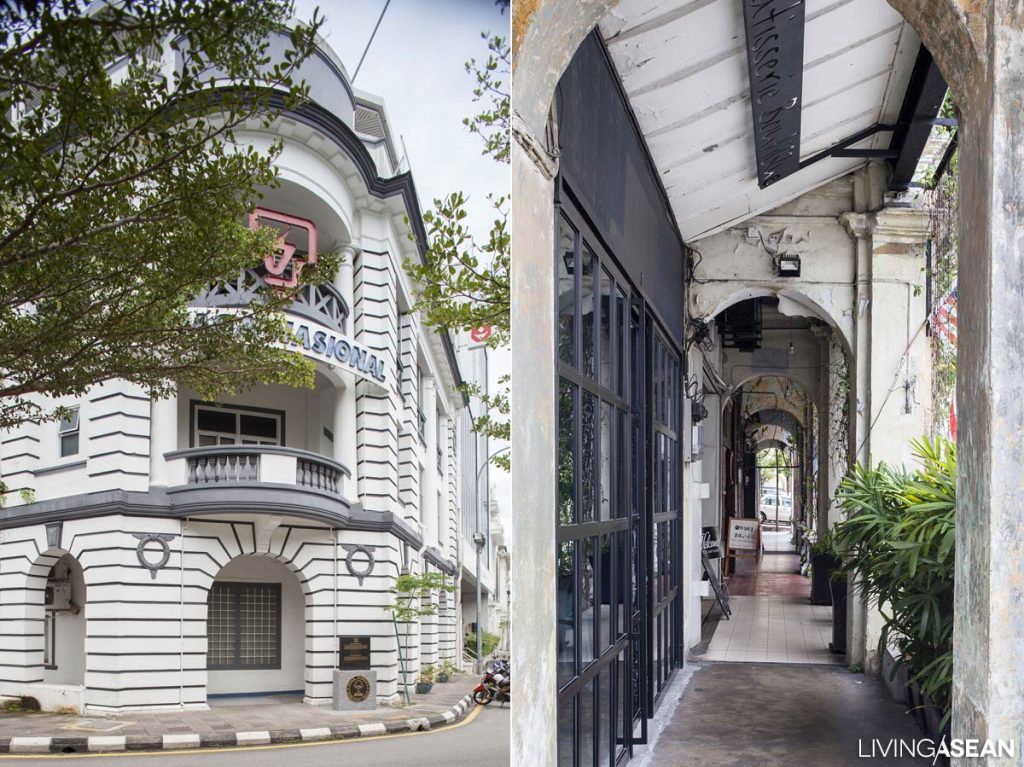
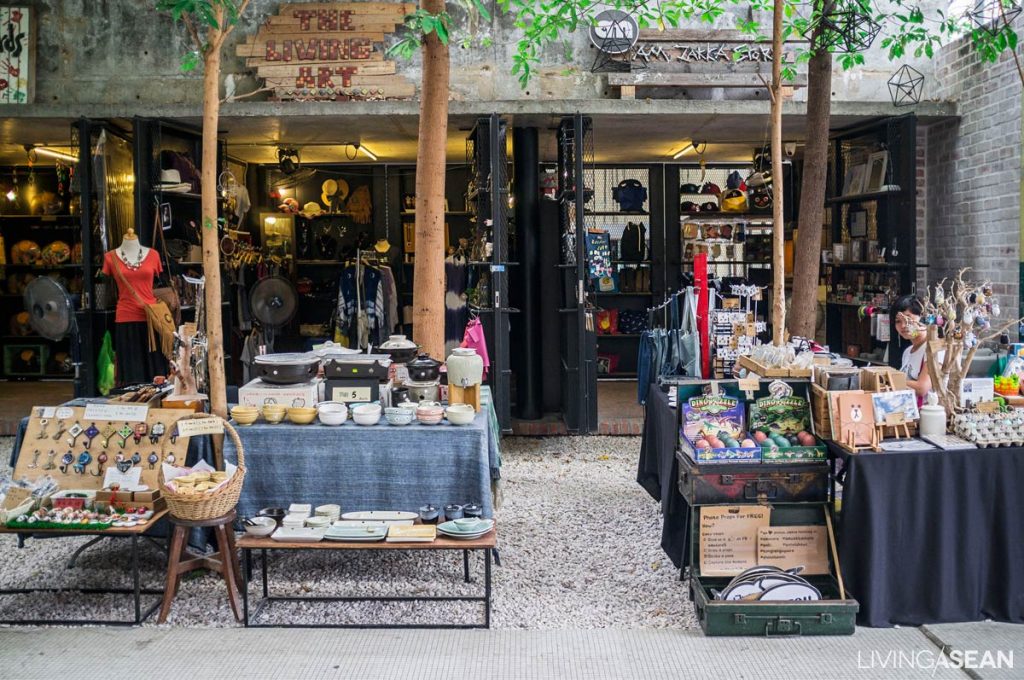
Heading south, we come to a commercial district on Jalan Sultan Yussufand Jalan Dato Maharajalela Roads. The area known for old-world charms is home to beautiful restaurants, including those dubbed the oldest of Malaysia.
There are a few Japanese-owned photo studios that have been here since the 1930s. Rumors had it that they were here to gather intelligence during those thrilling days of yesteryear. Convincingly enough, the Imperial Japanese Army came ashore in 1941.
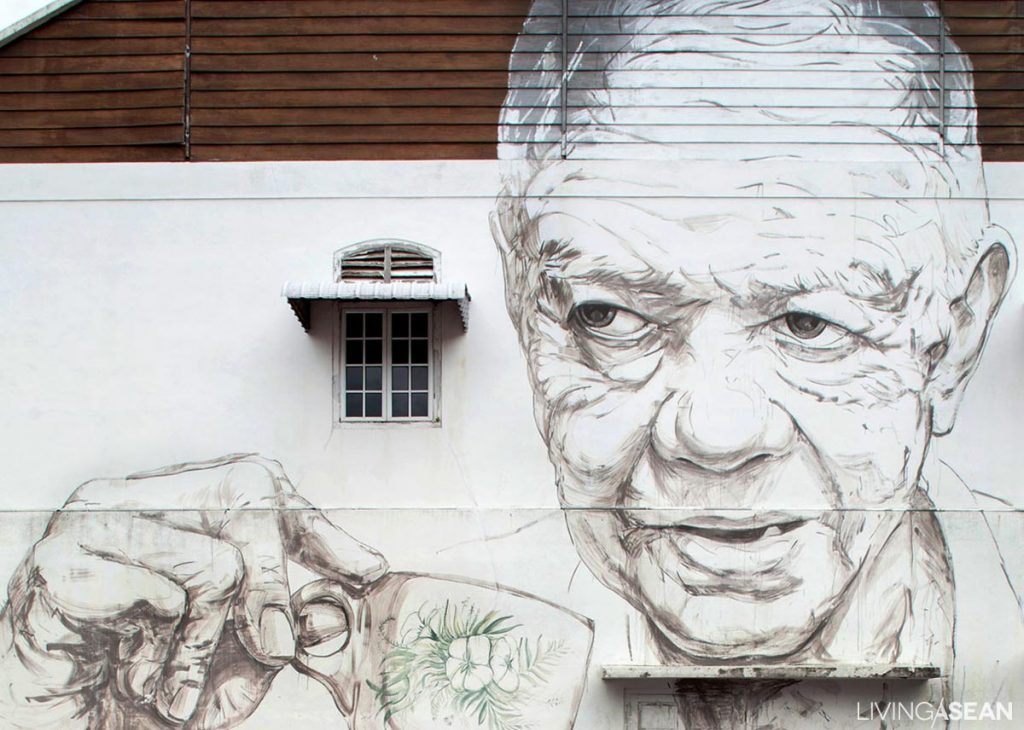
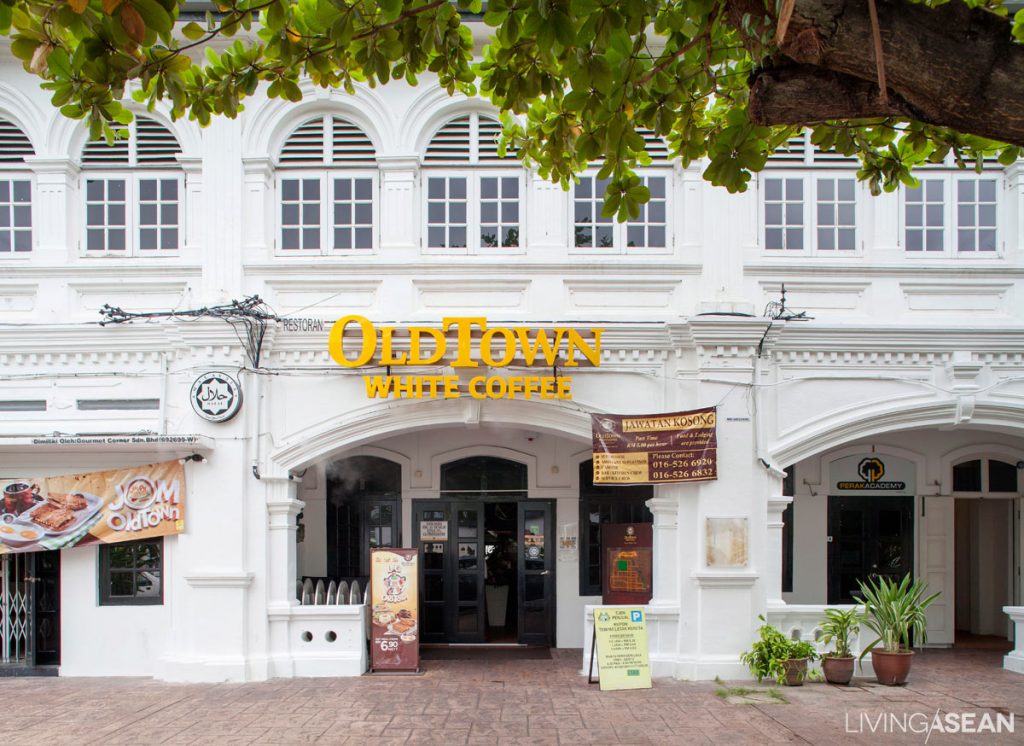
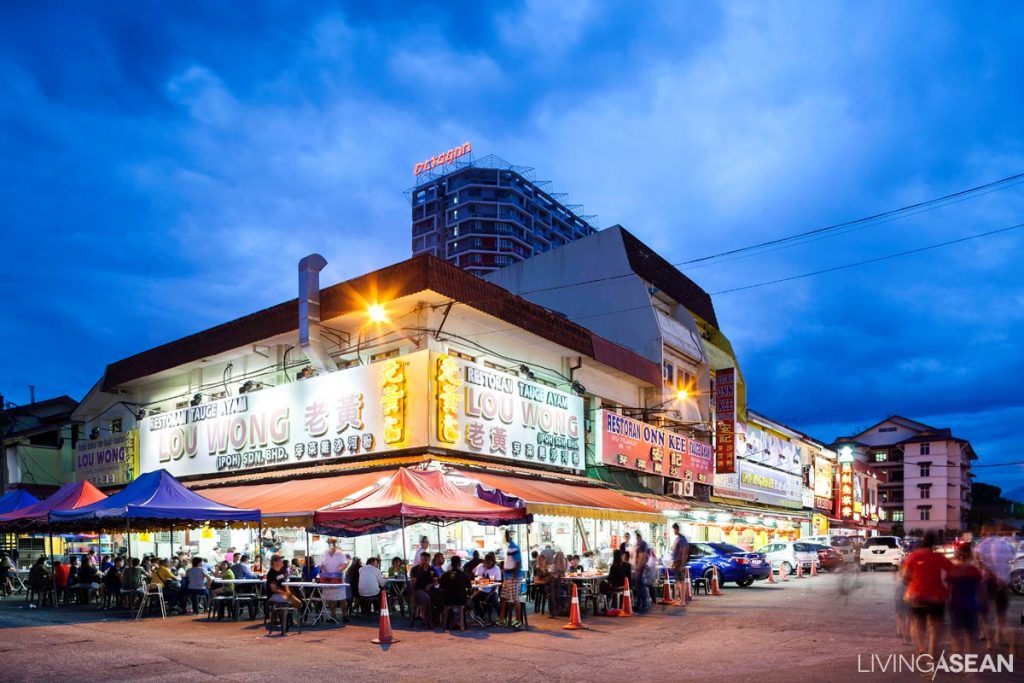
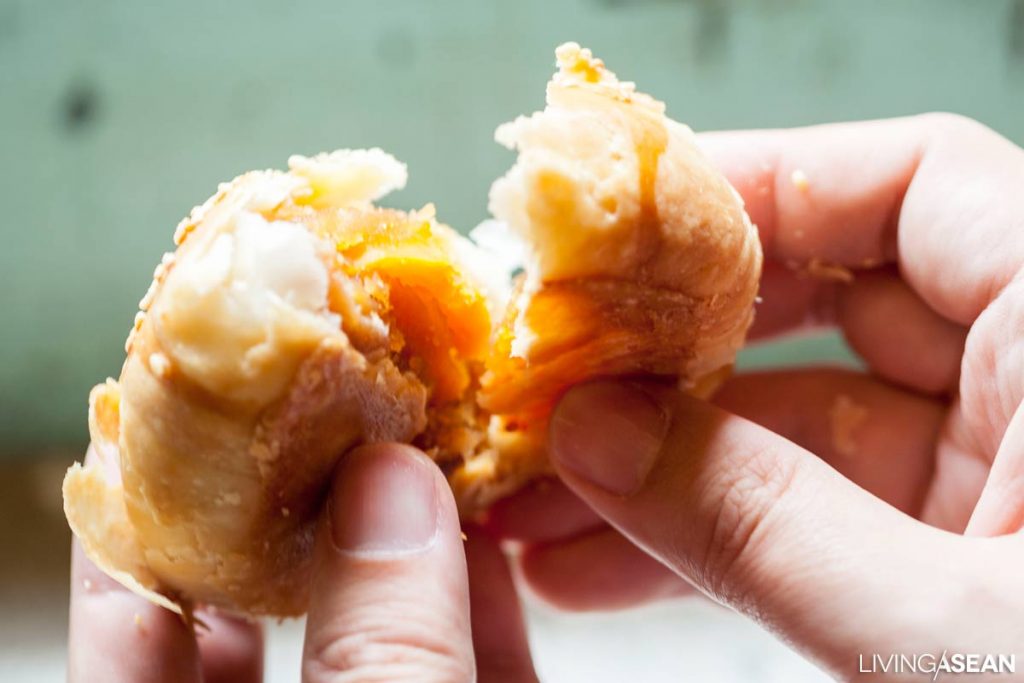
It’s impossible not to mention the good foods that have attracted visitors to Malaysia, and Ipoh for that matter. White Coffee, the famous cafe chain, was born here.
The same applied to pomelo, dubbed the king of citrus fruits, and Chinese-style flaky buns with creamy filling. Find them at any local delicatessen. Whilst here, look for the greatest taste of the country – Hunan chicken with rice served with bean sprouts the authentic Malaysian way. It’s heaven on earth.
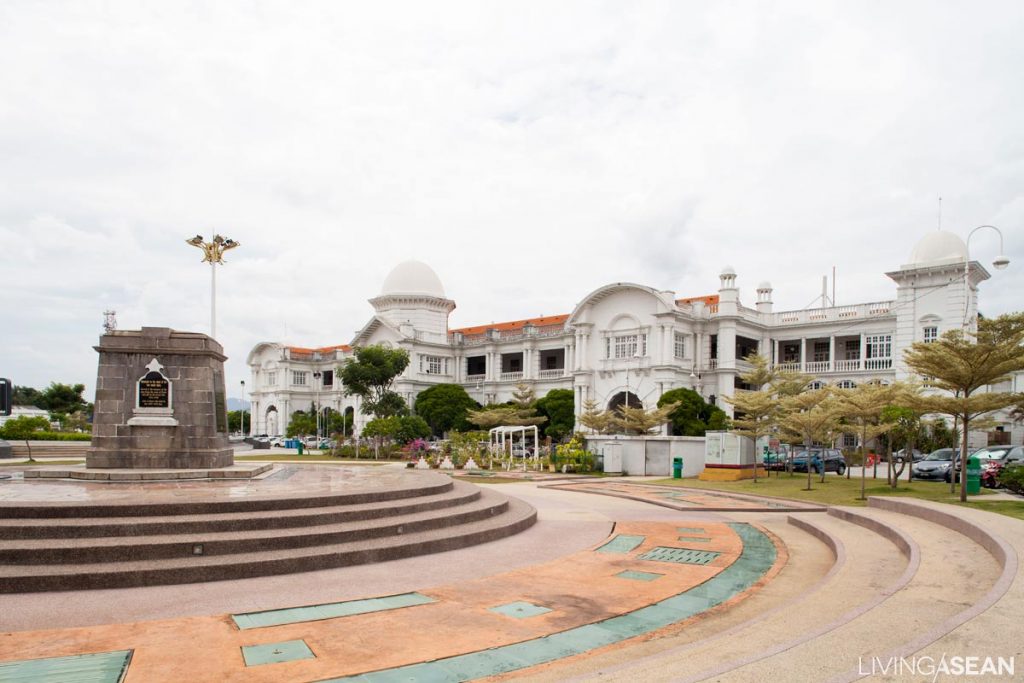
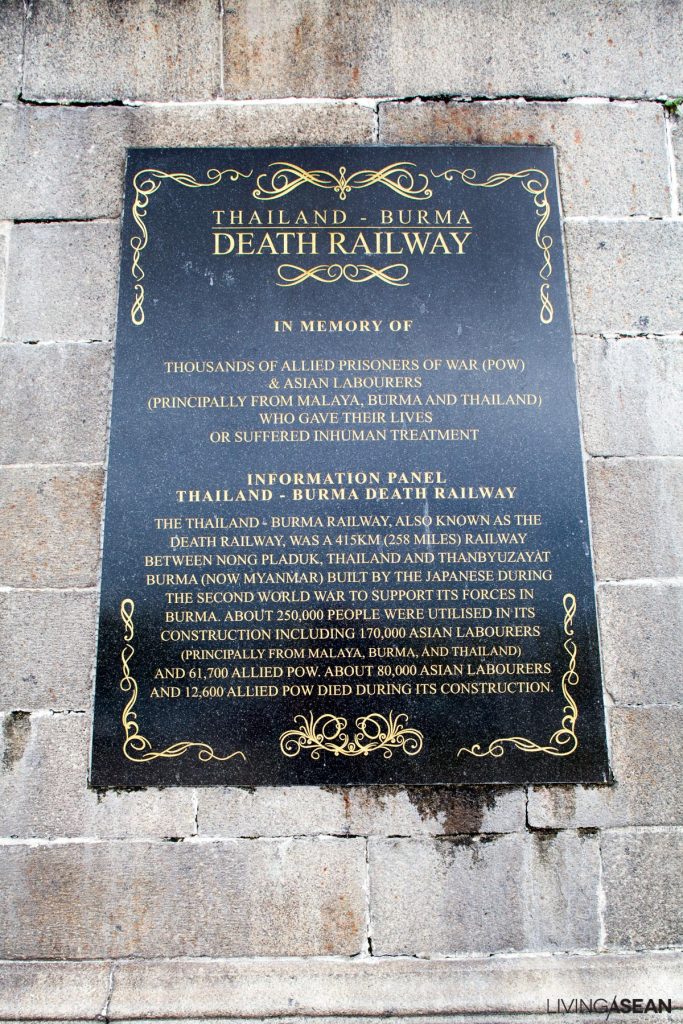
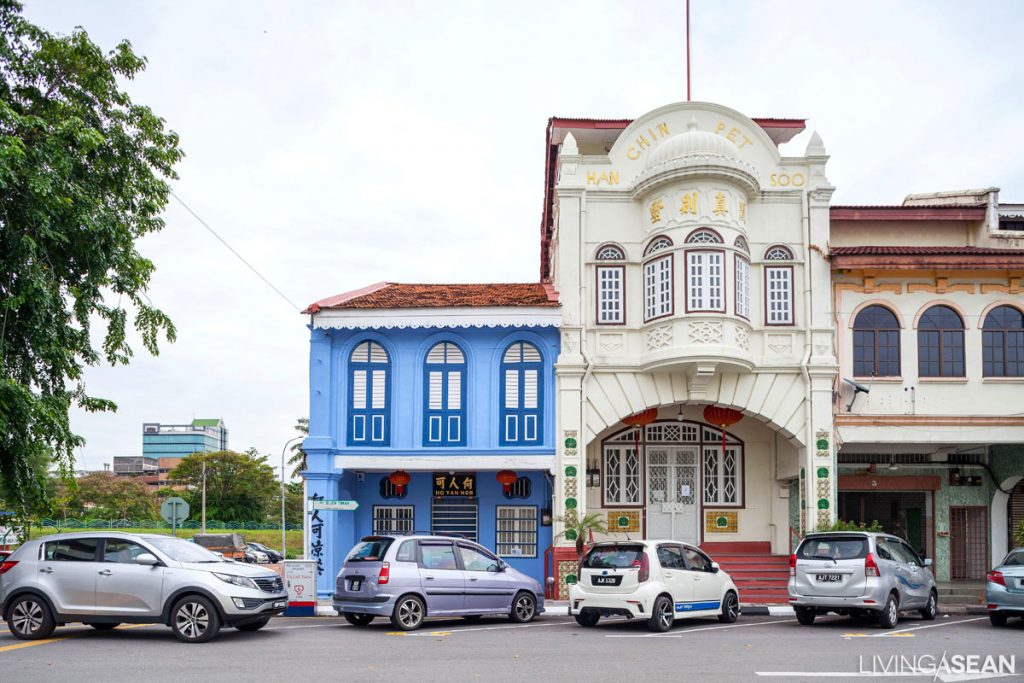
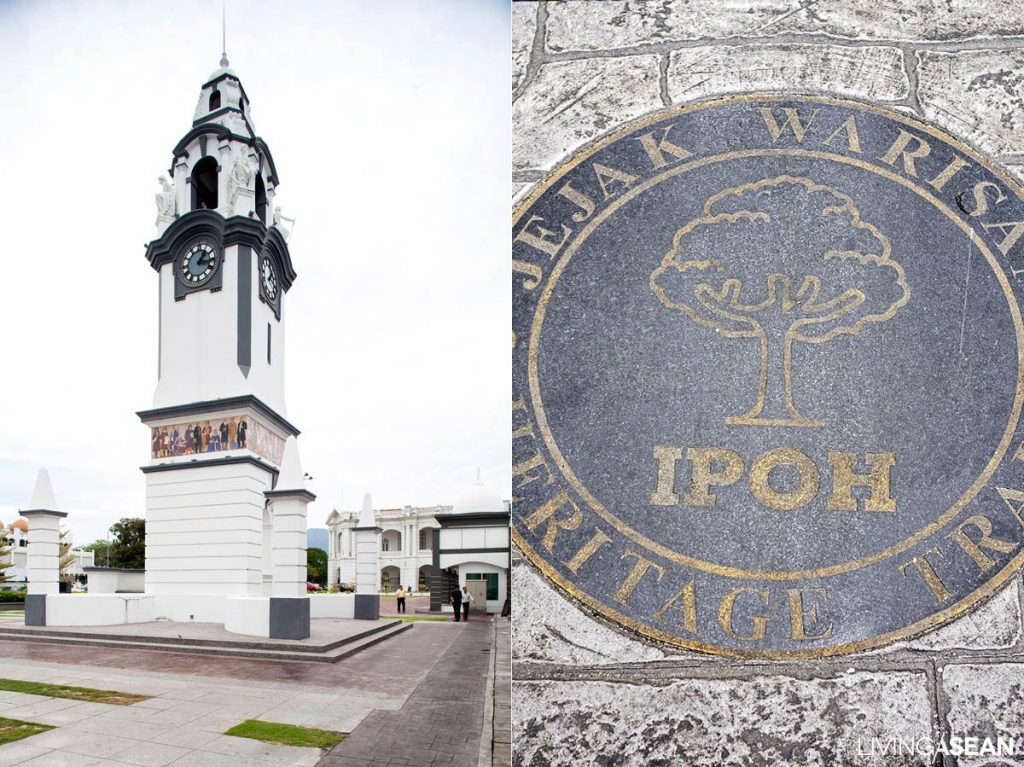
You may also like…
 Sekeping Kong Heng: A Boutique Hotel Treasures the Charm of Ipoh
Sekeping Kong Heng: A Boutique Hotel Treasures the Charm of Ipoh


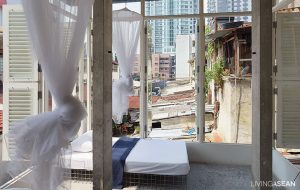
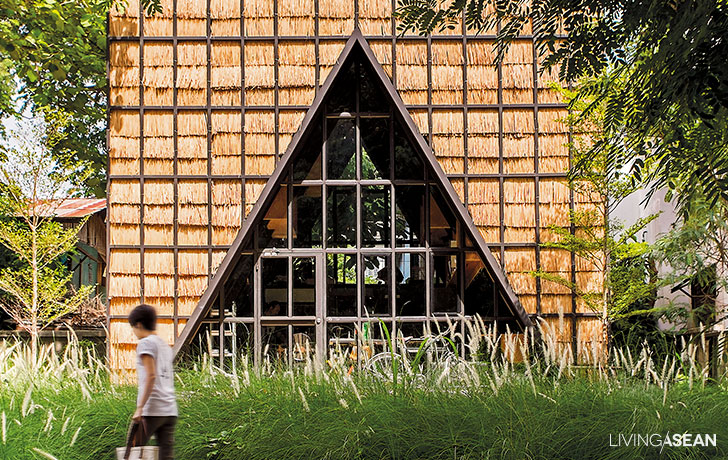



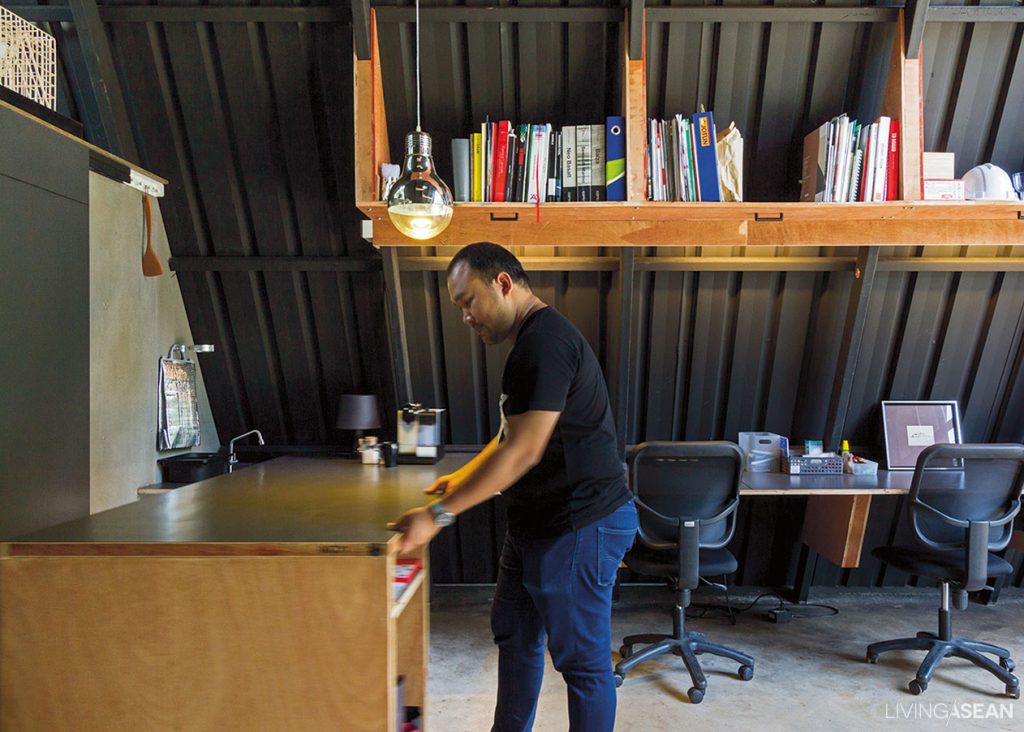


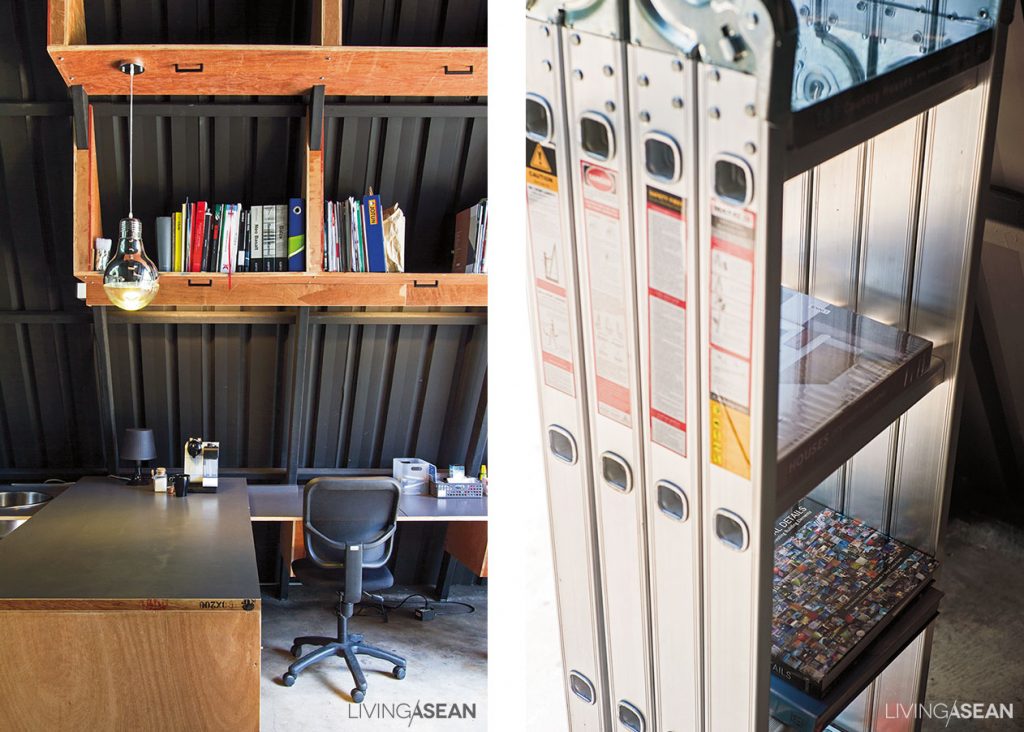

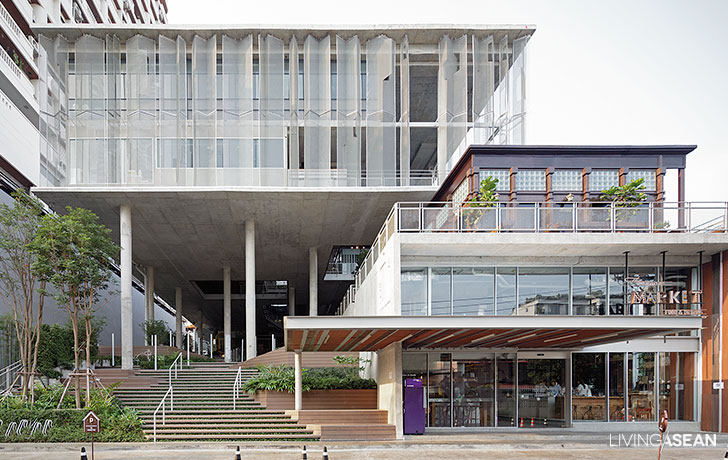
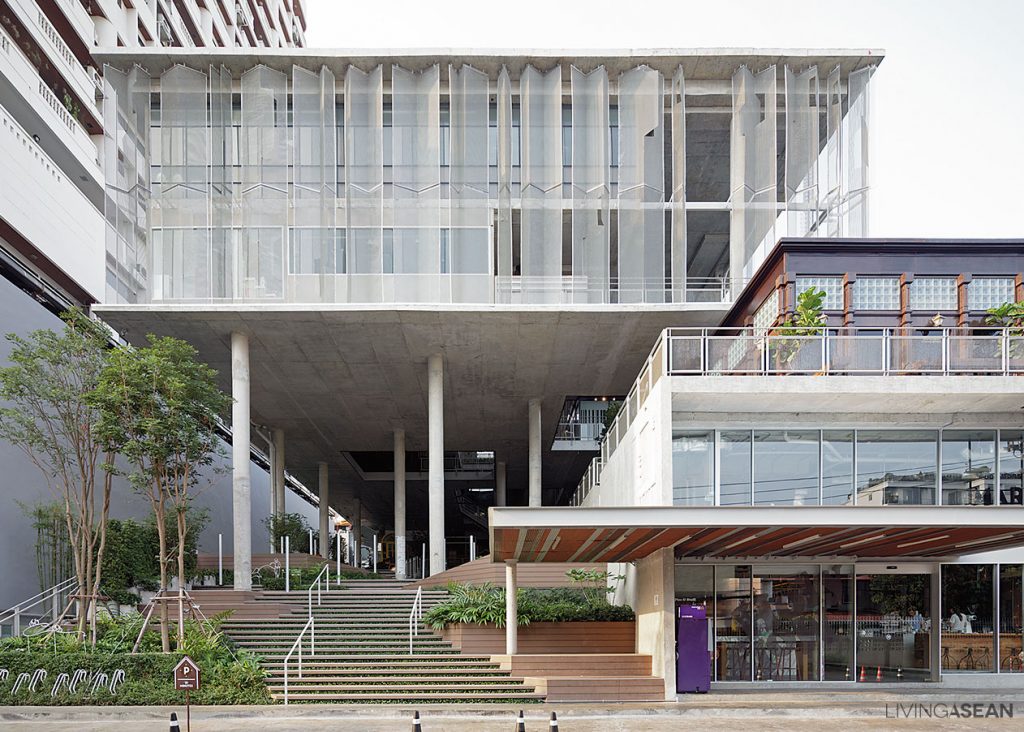

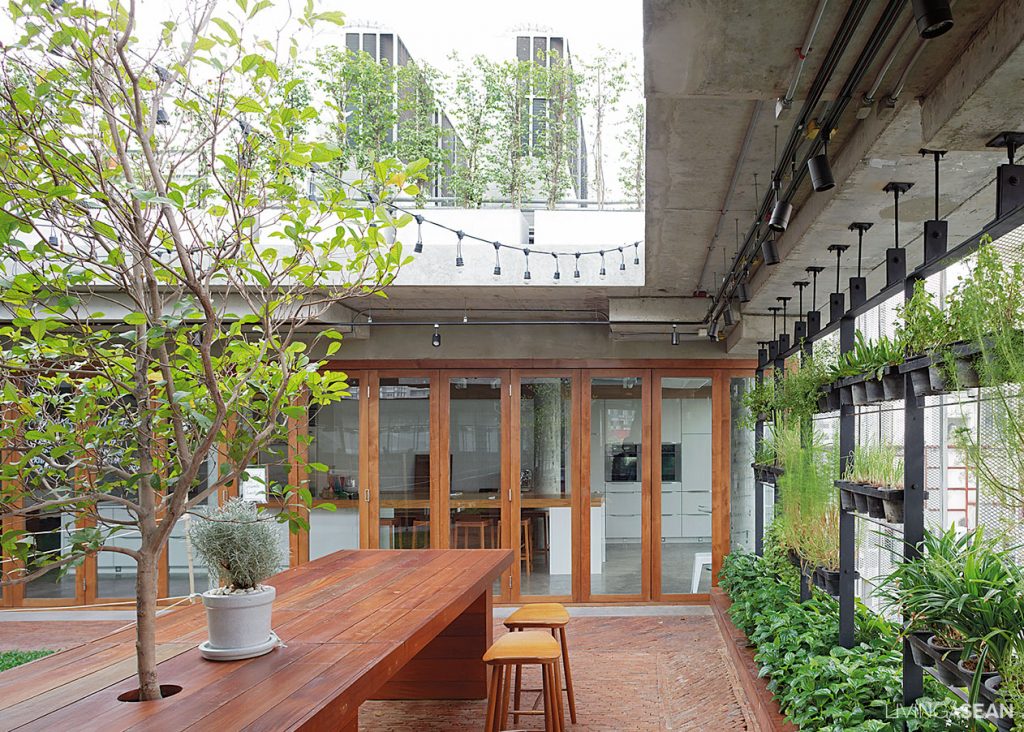




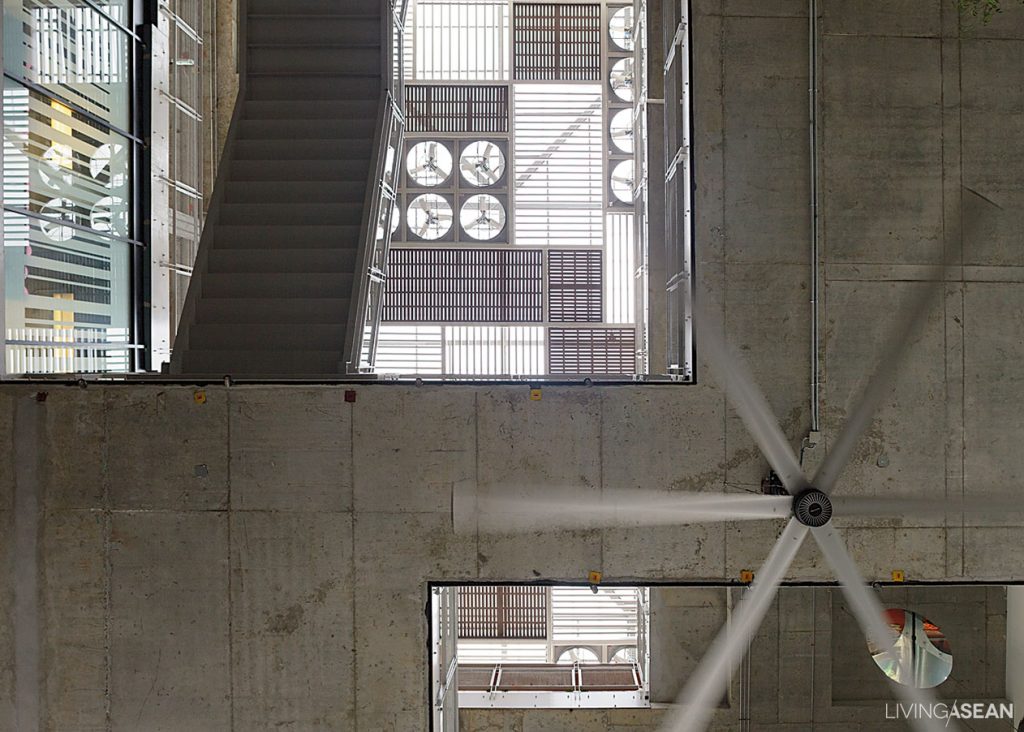

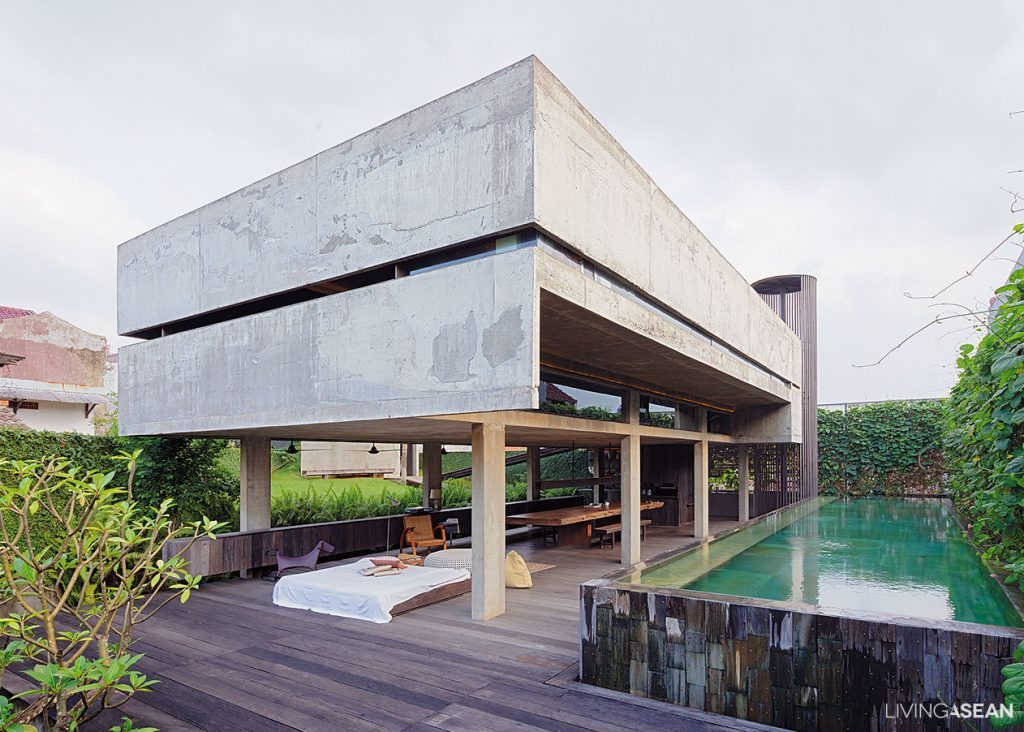

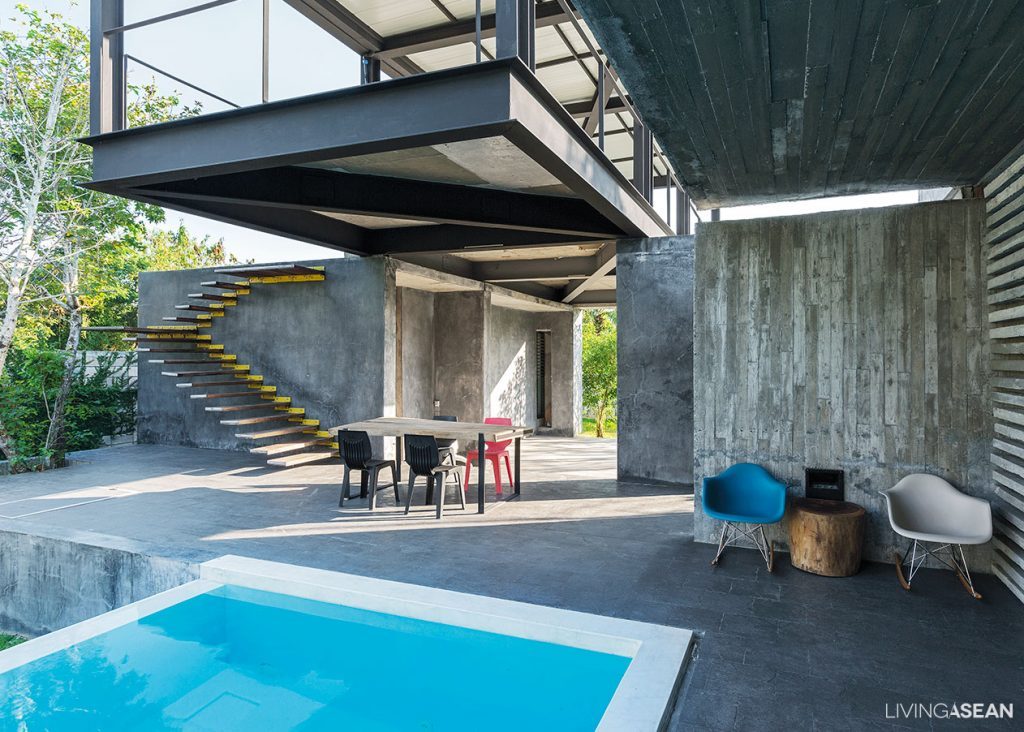
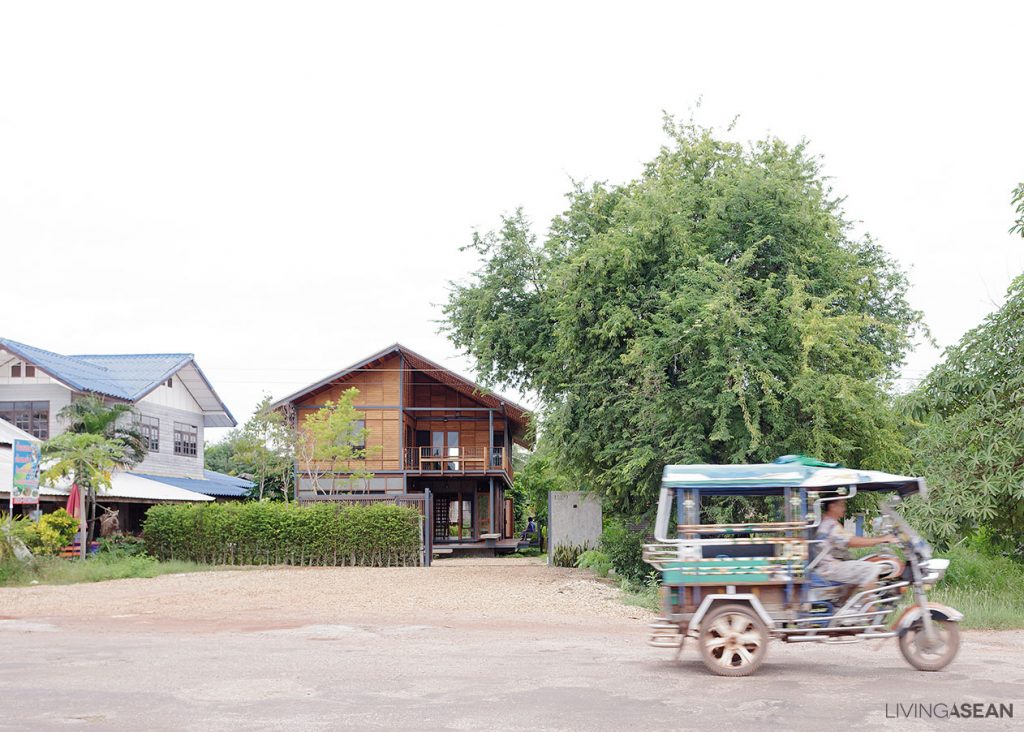


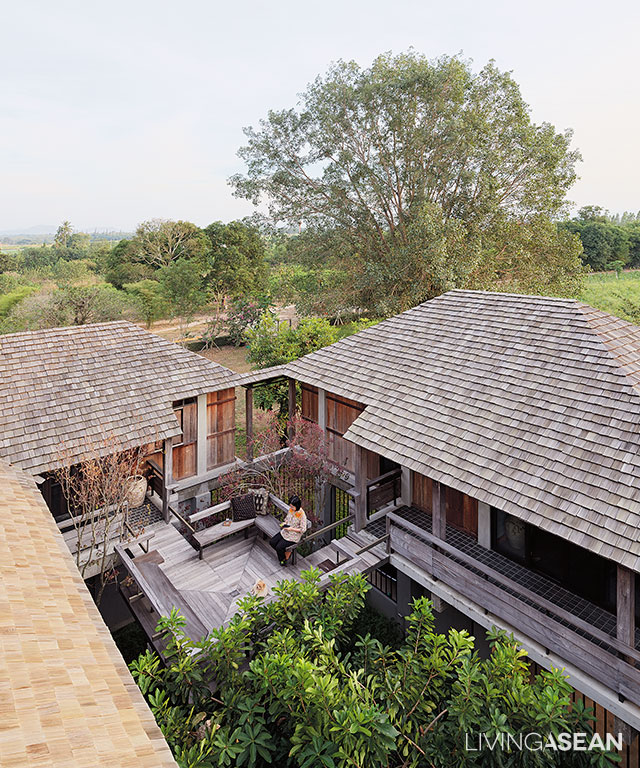
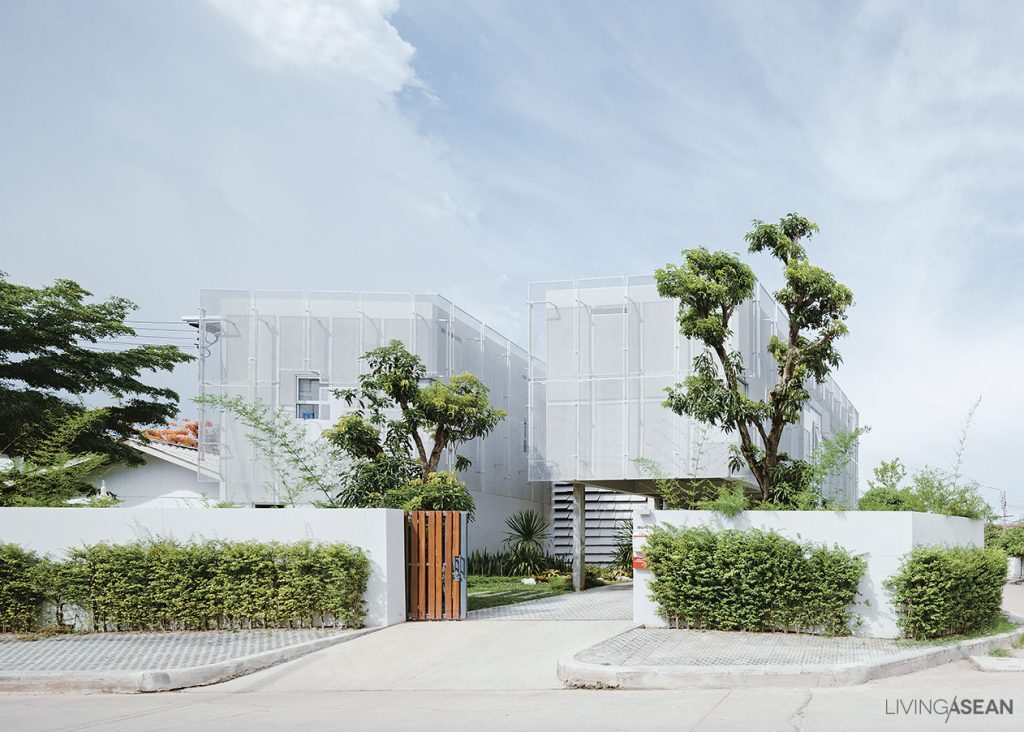
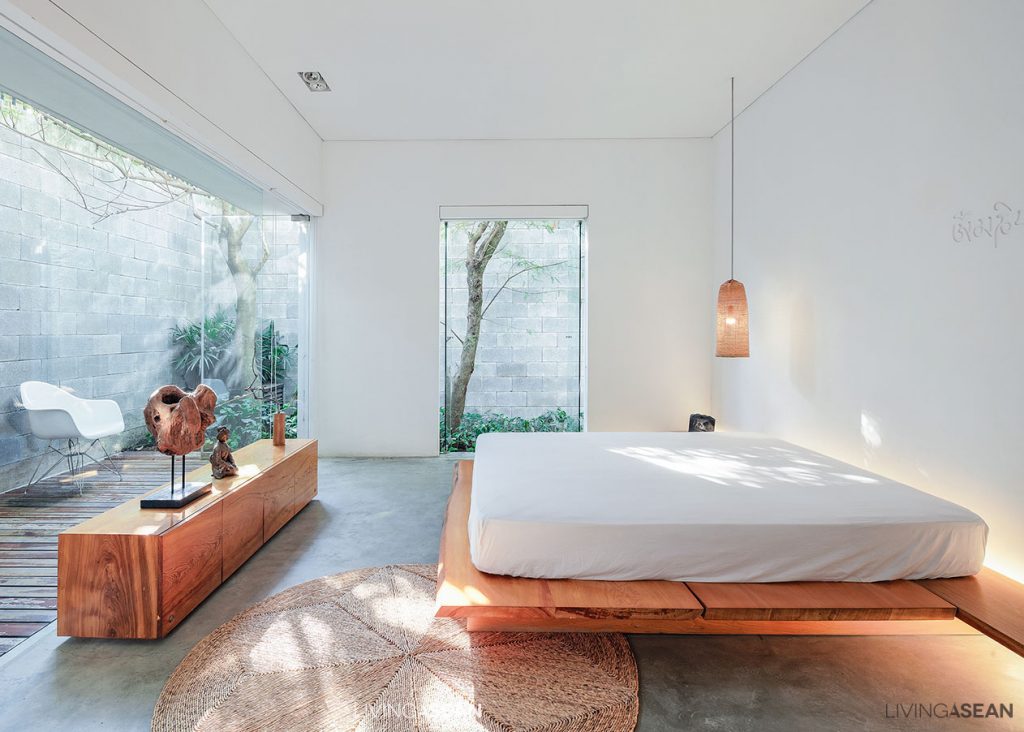

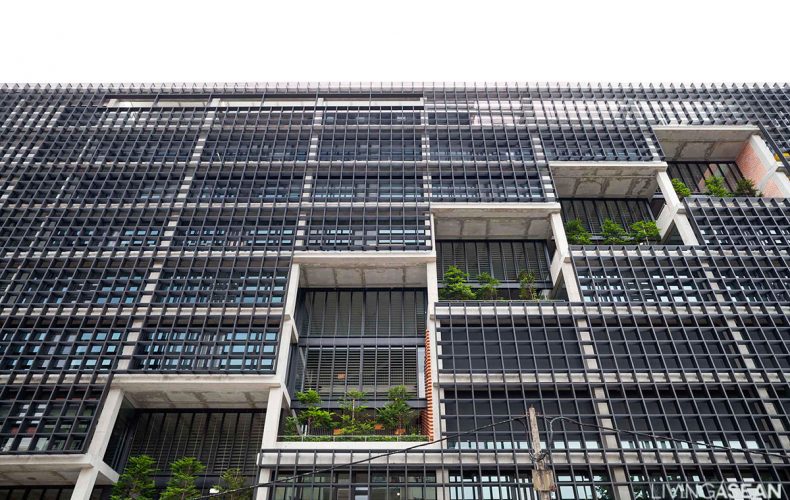
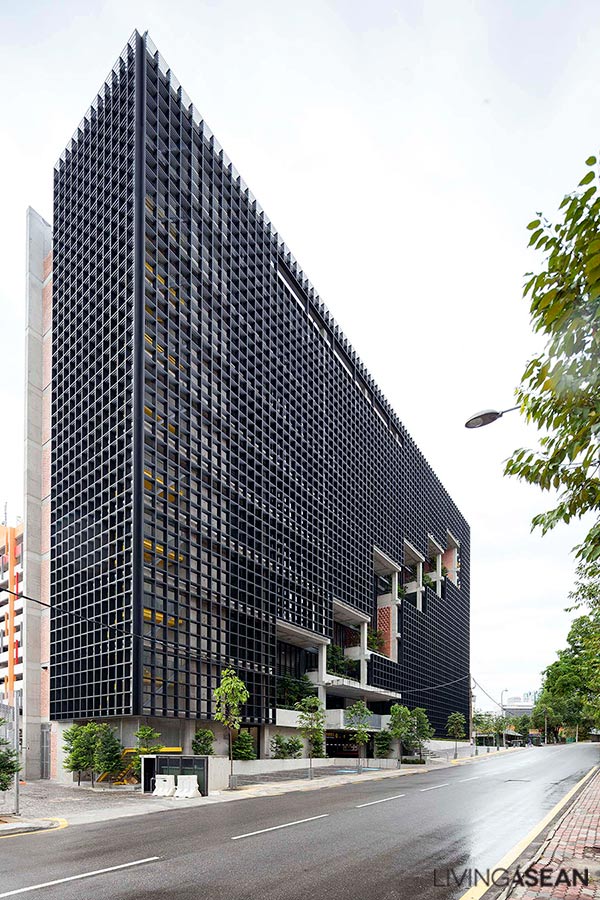
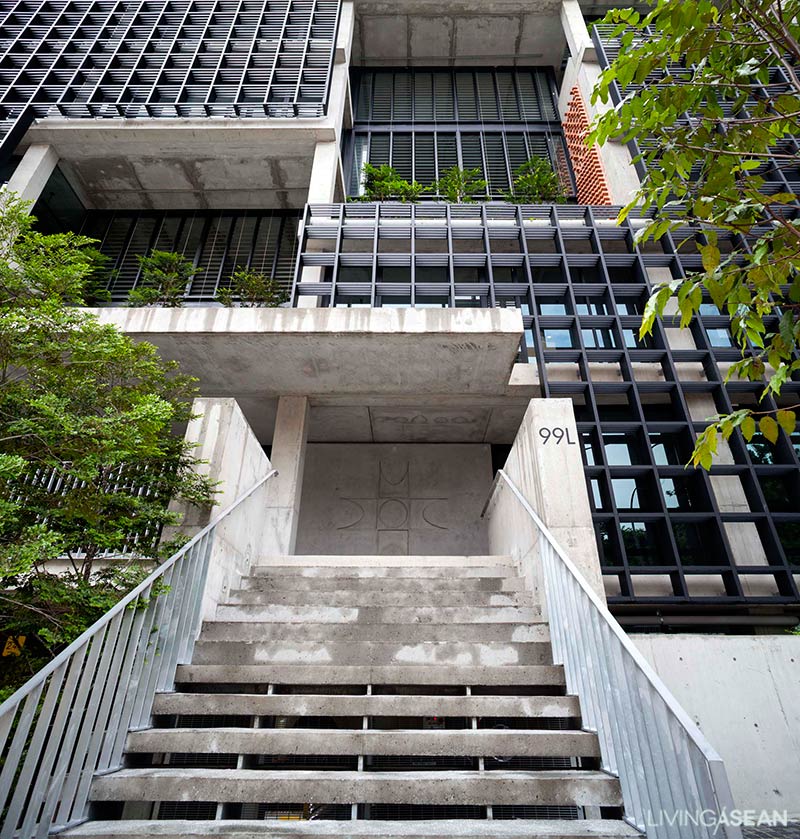
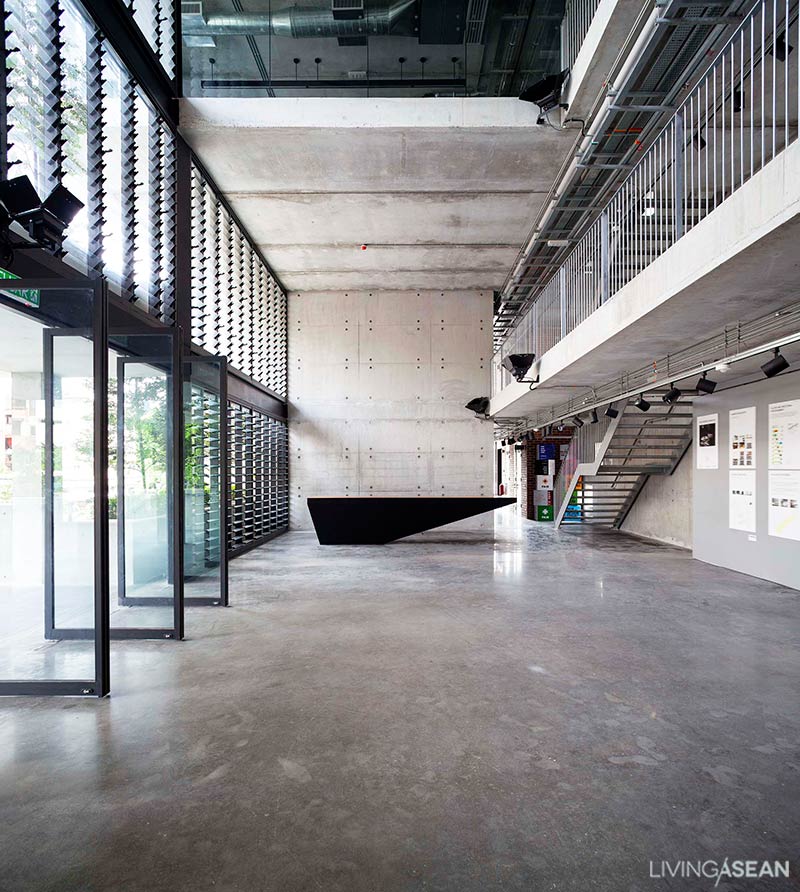
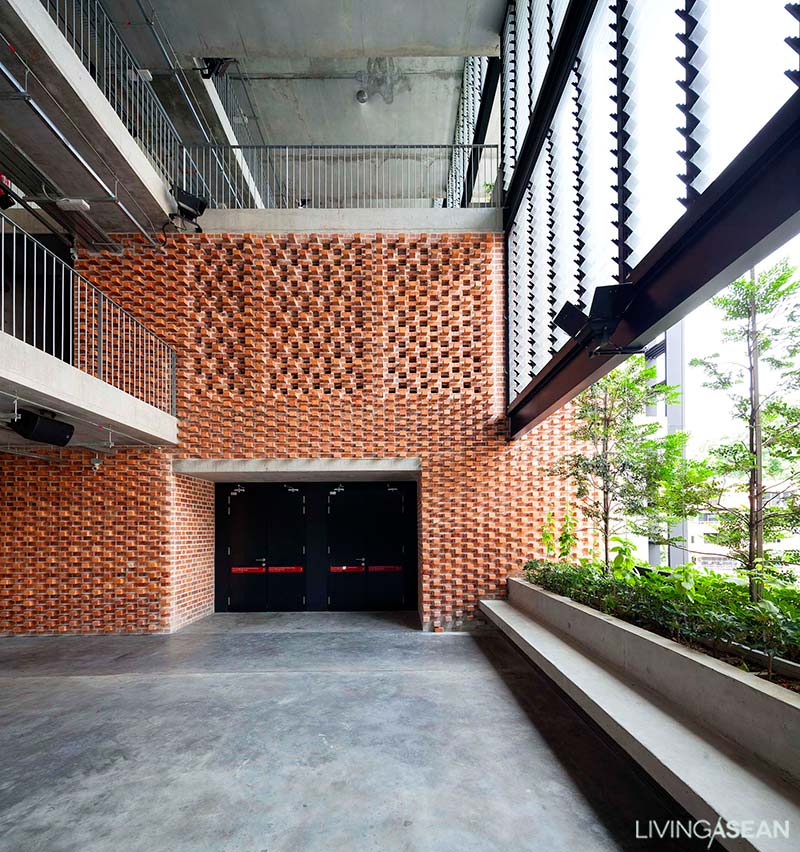
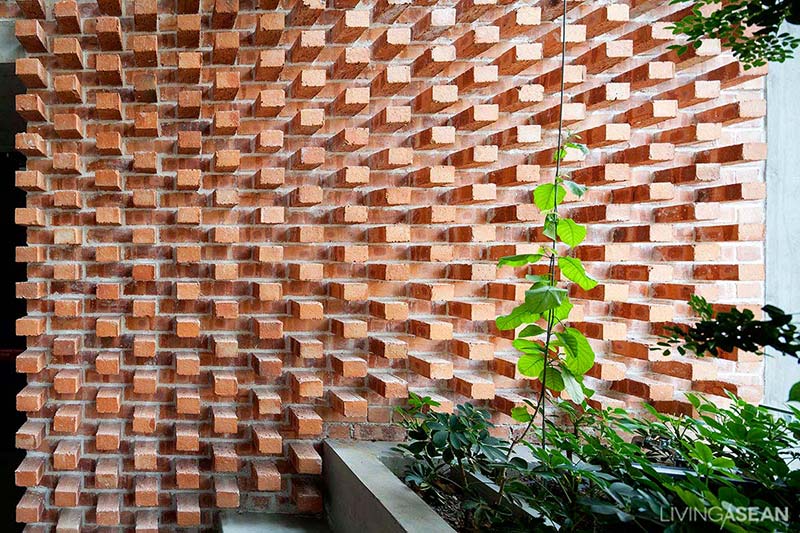
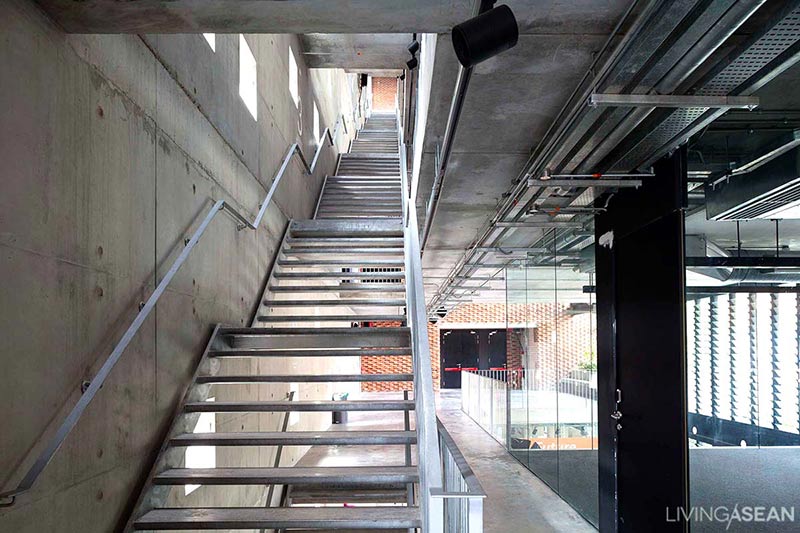

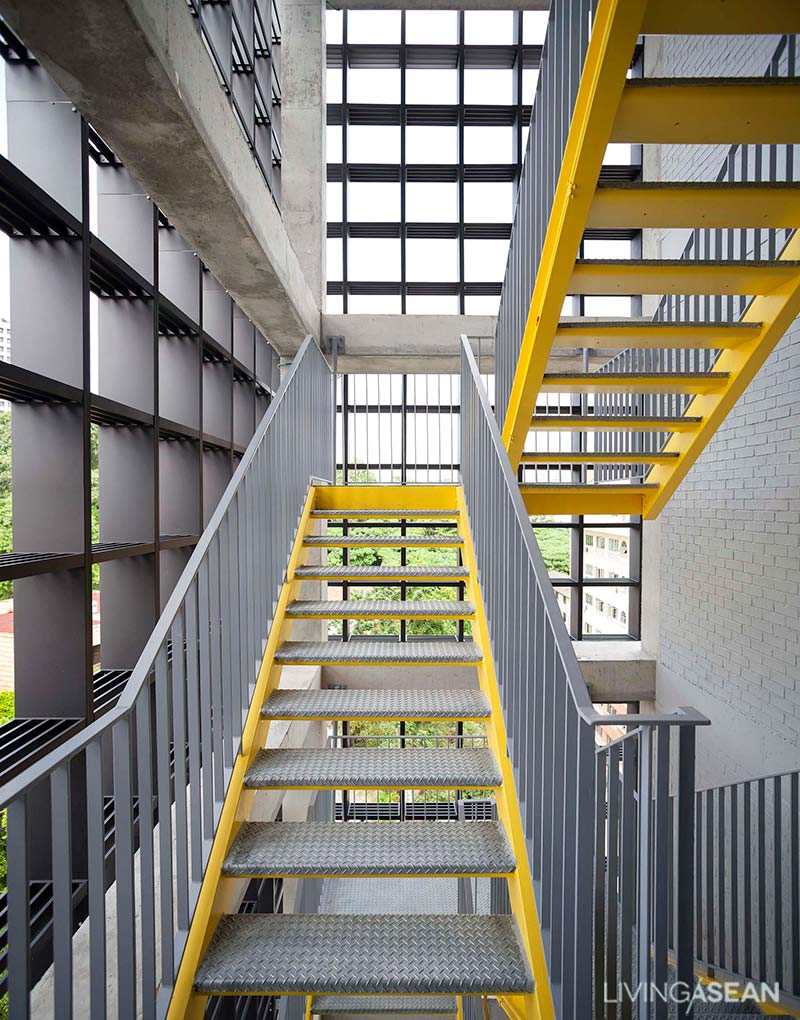
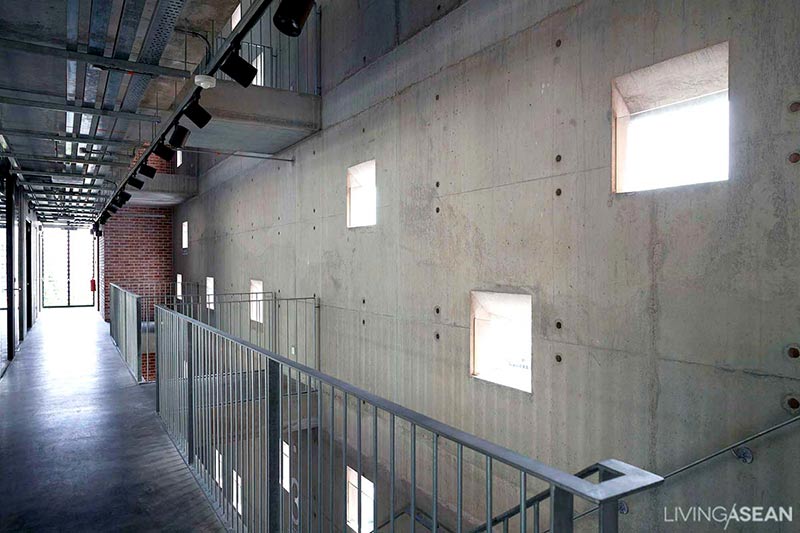

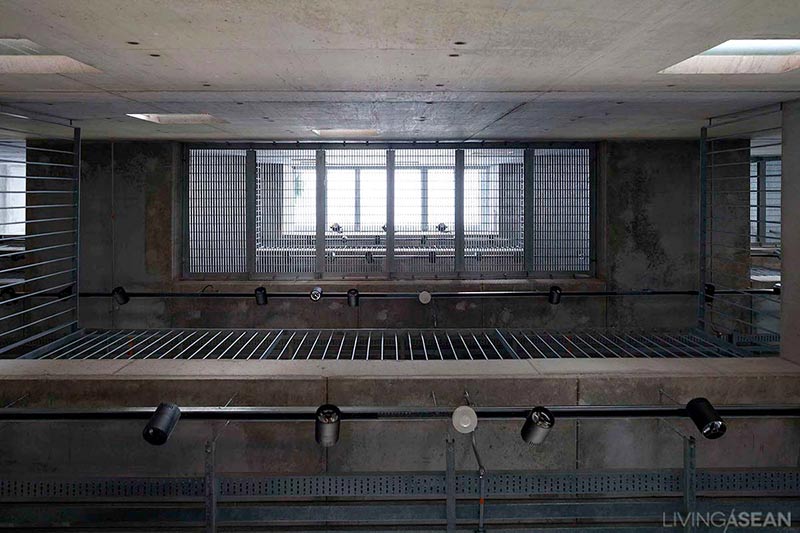
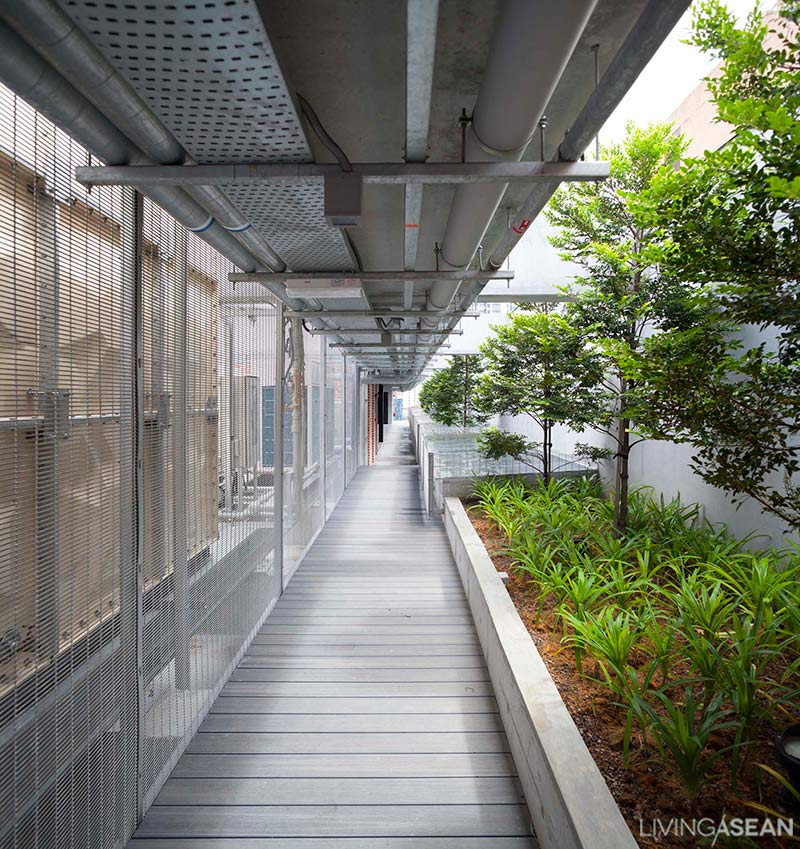
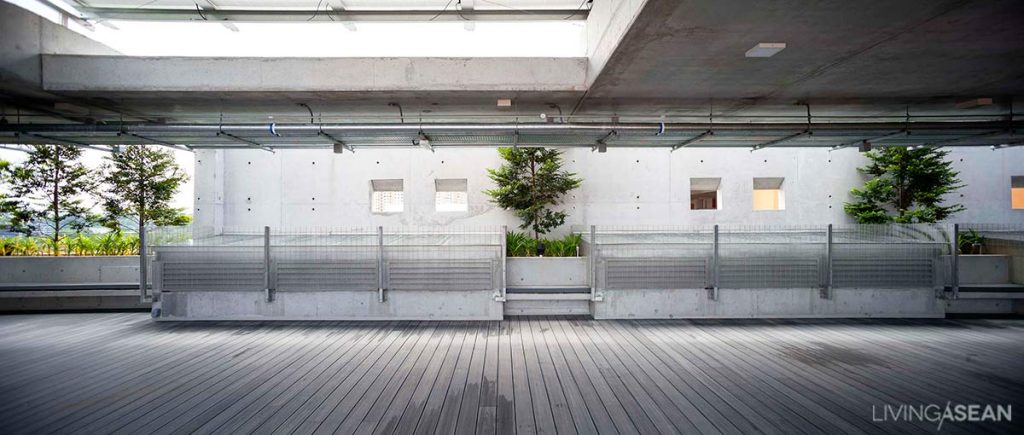

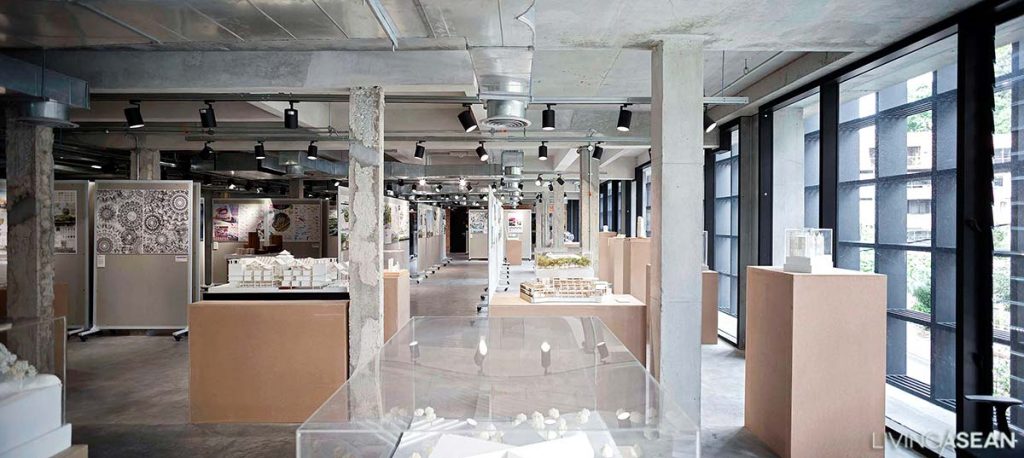
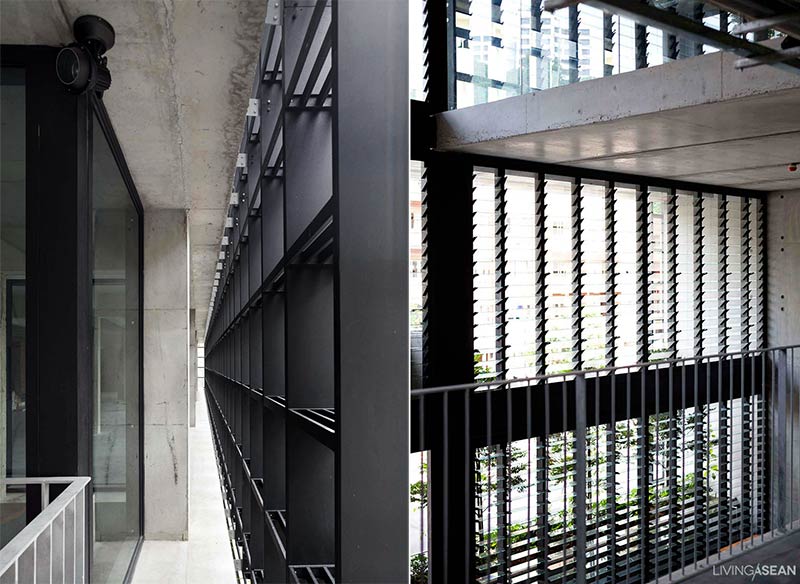
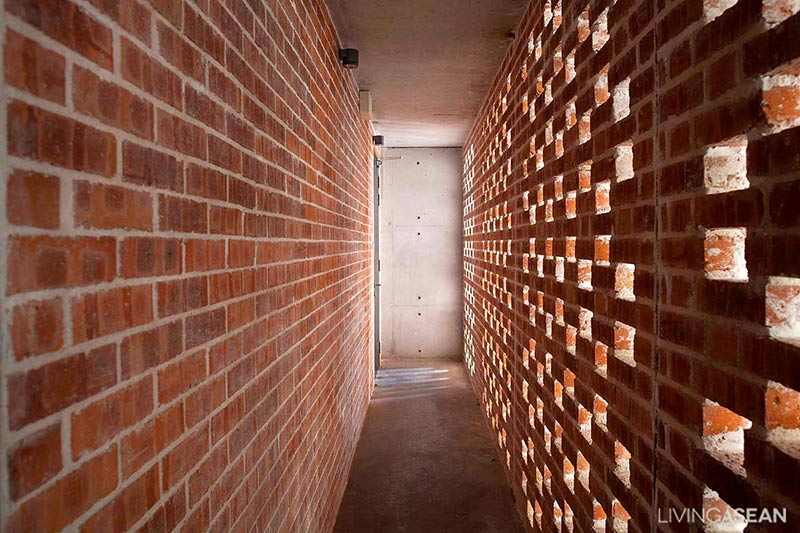

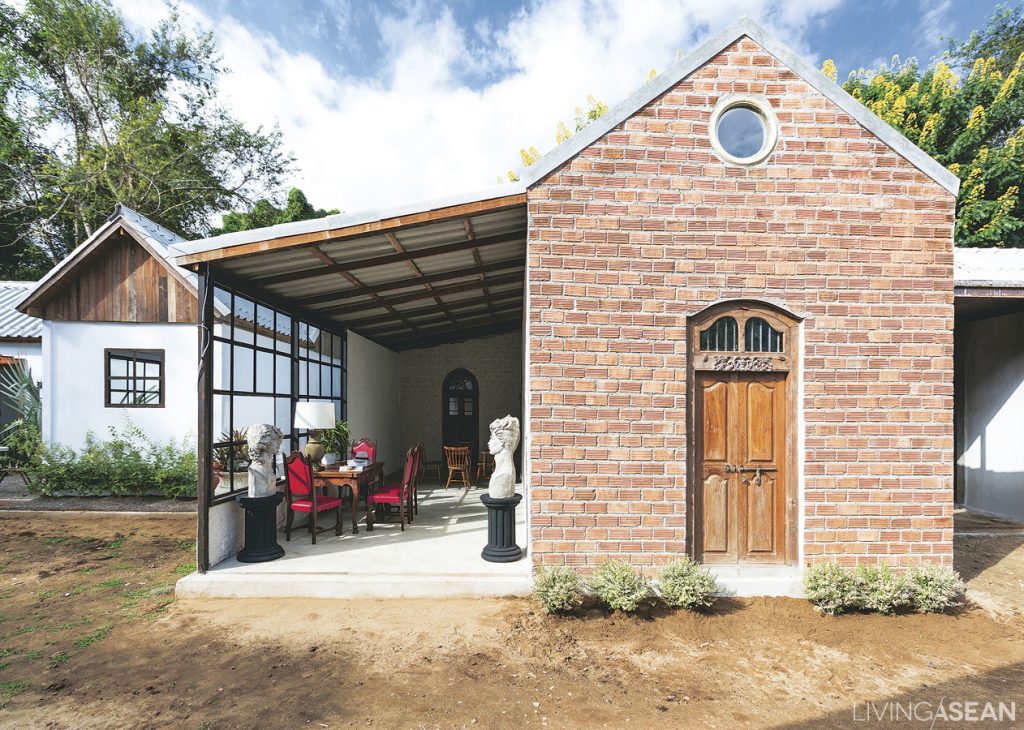
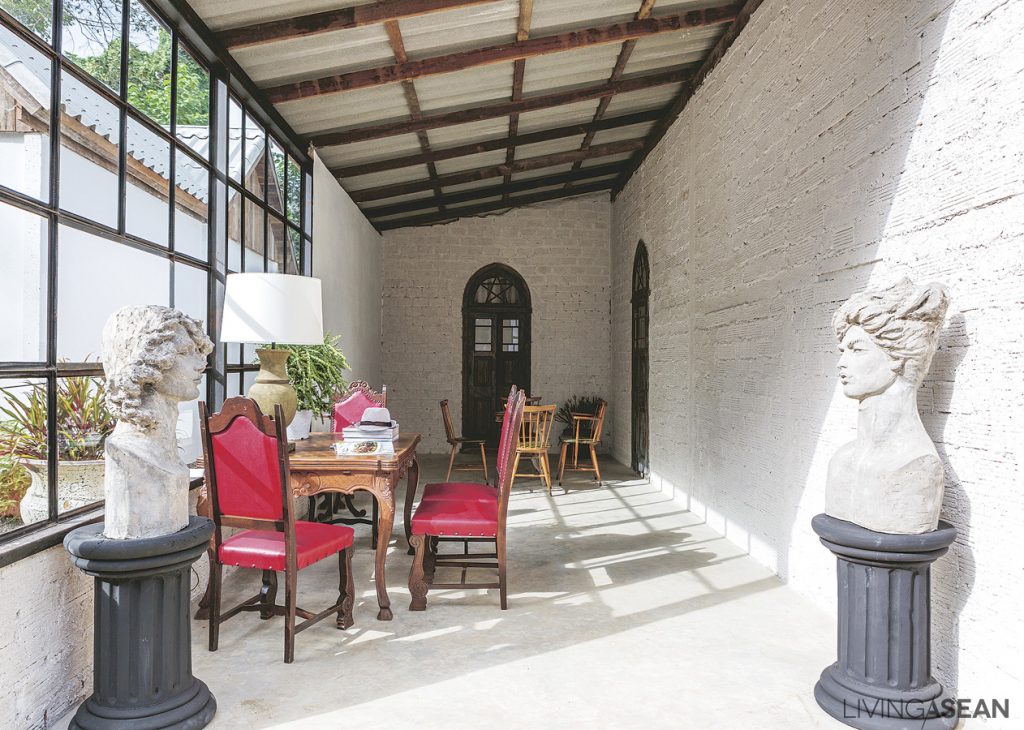

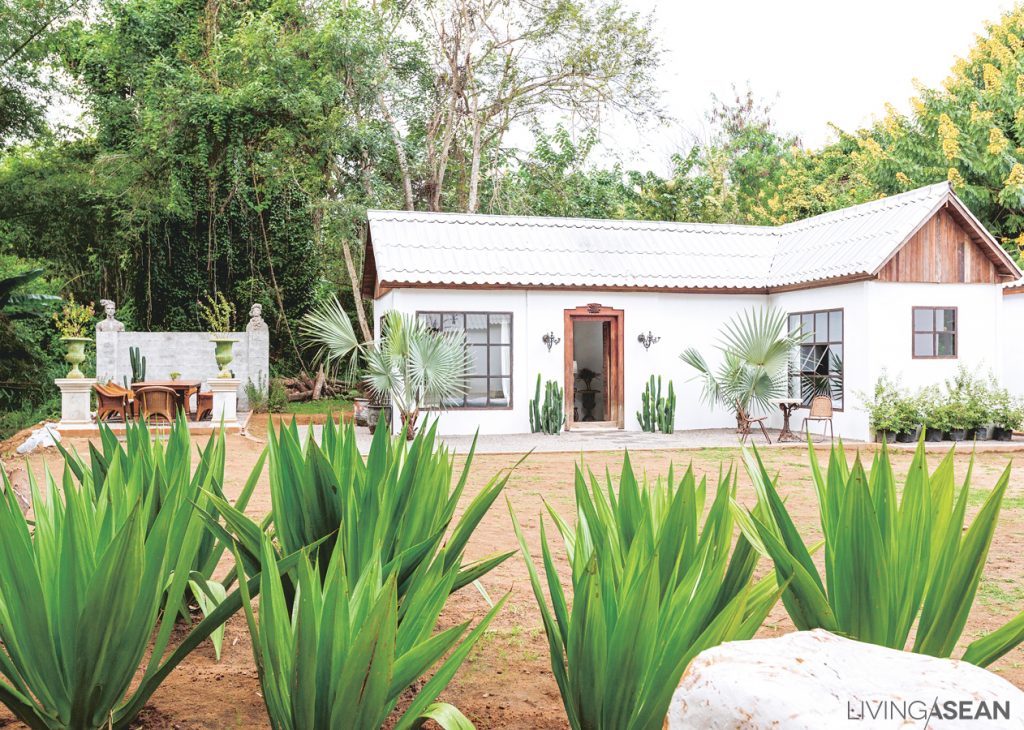
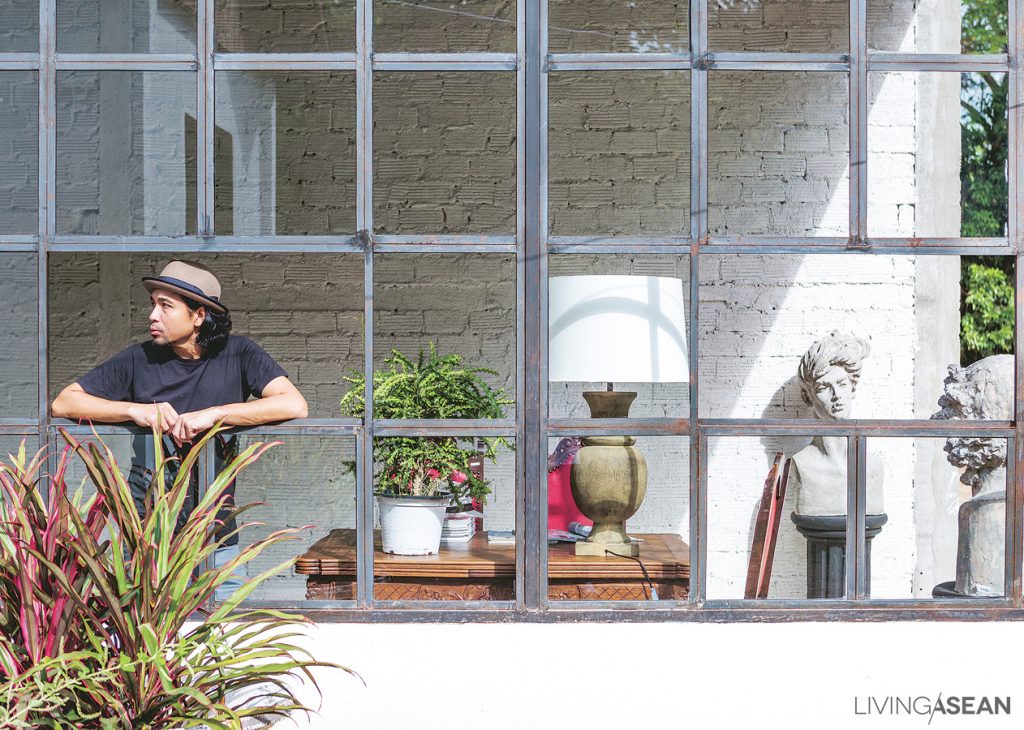
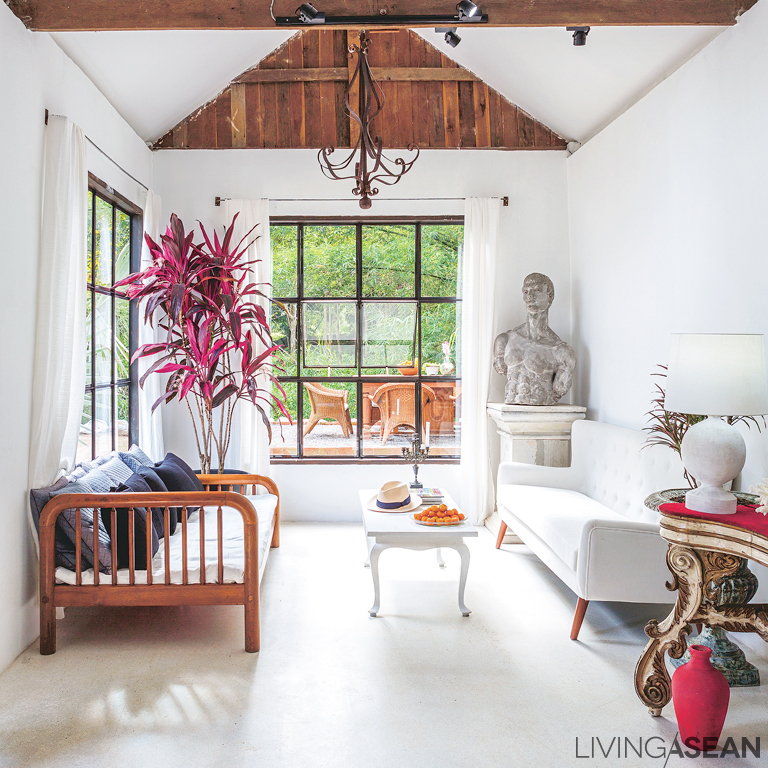
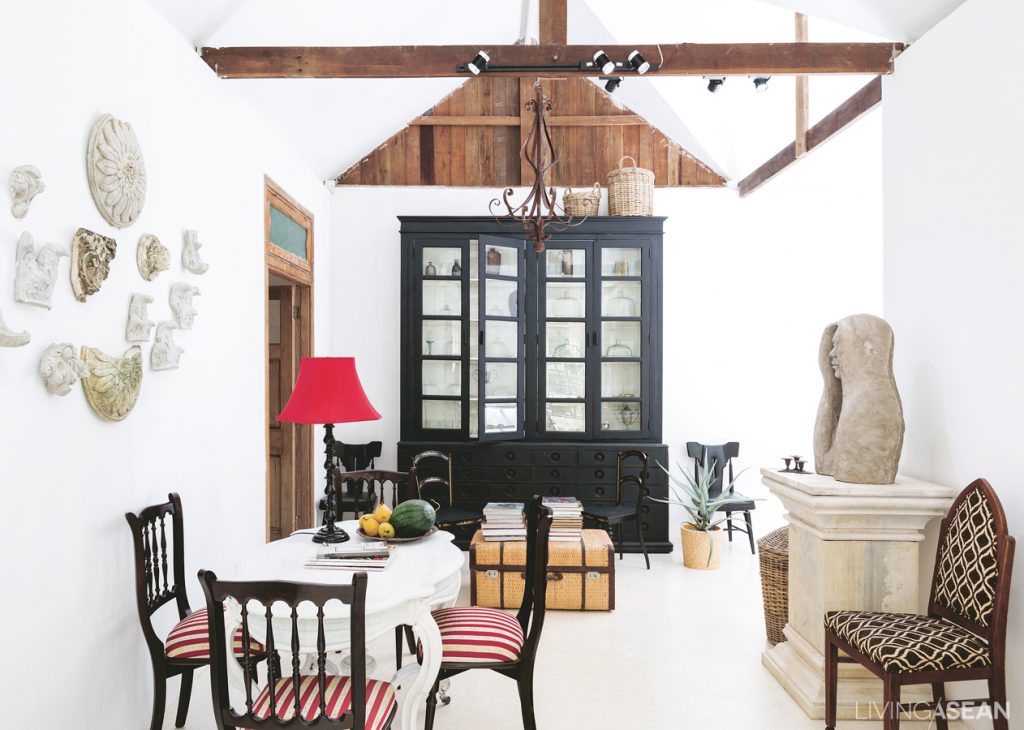

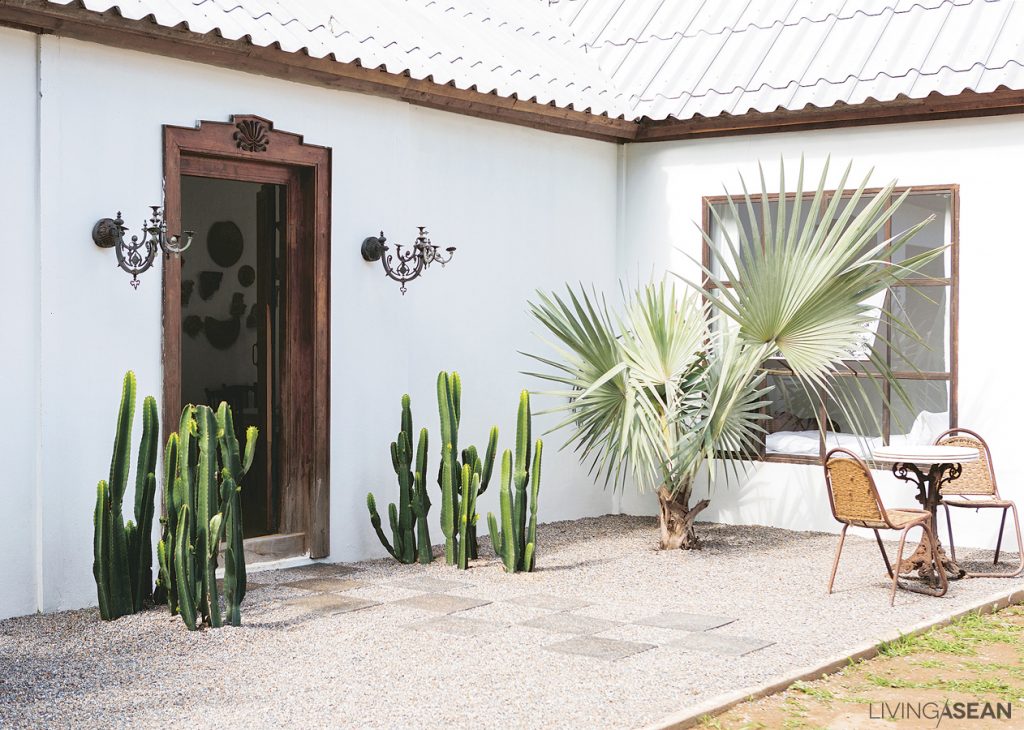
![[Left] The guest bedroom boasts the beauty of antique French furniture. / [Right] A sundeck with rattan furniture is designed for relaxation at the water’s edge. It is set on a pea gravel patio with retaining walls crafted of brickwork.](https://livingasean.com/wp-content/uploads/2016/11/010-3-1024x730.jpg)
